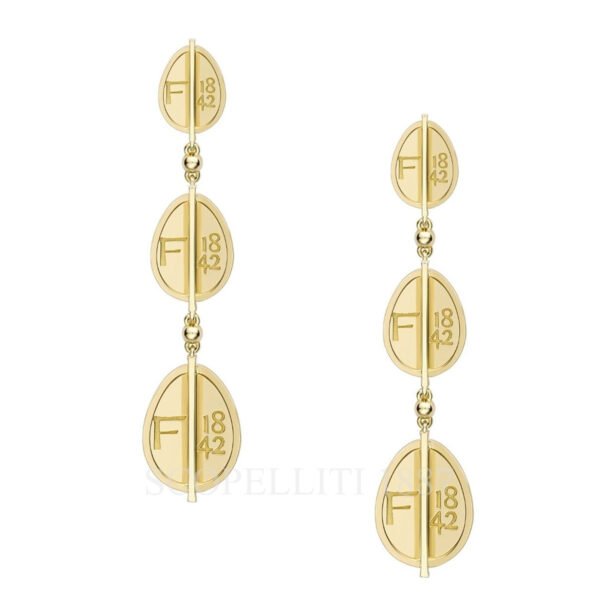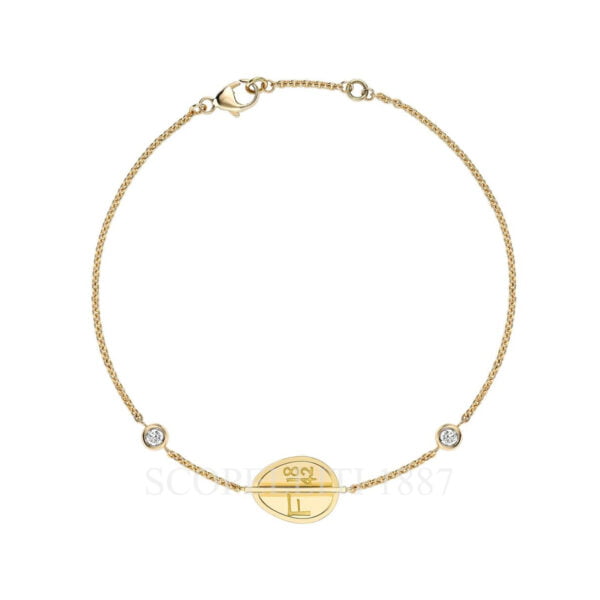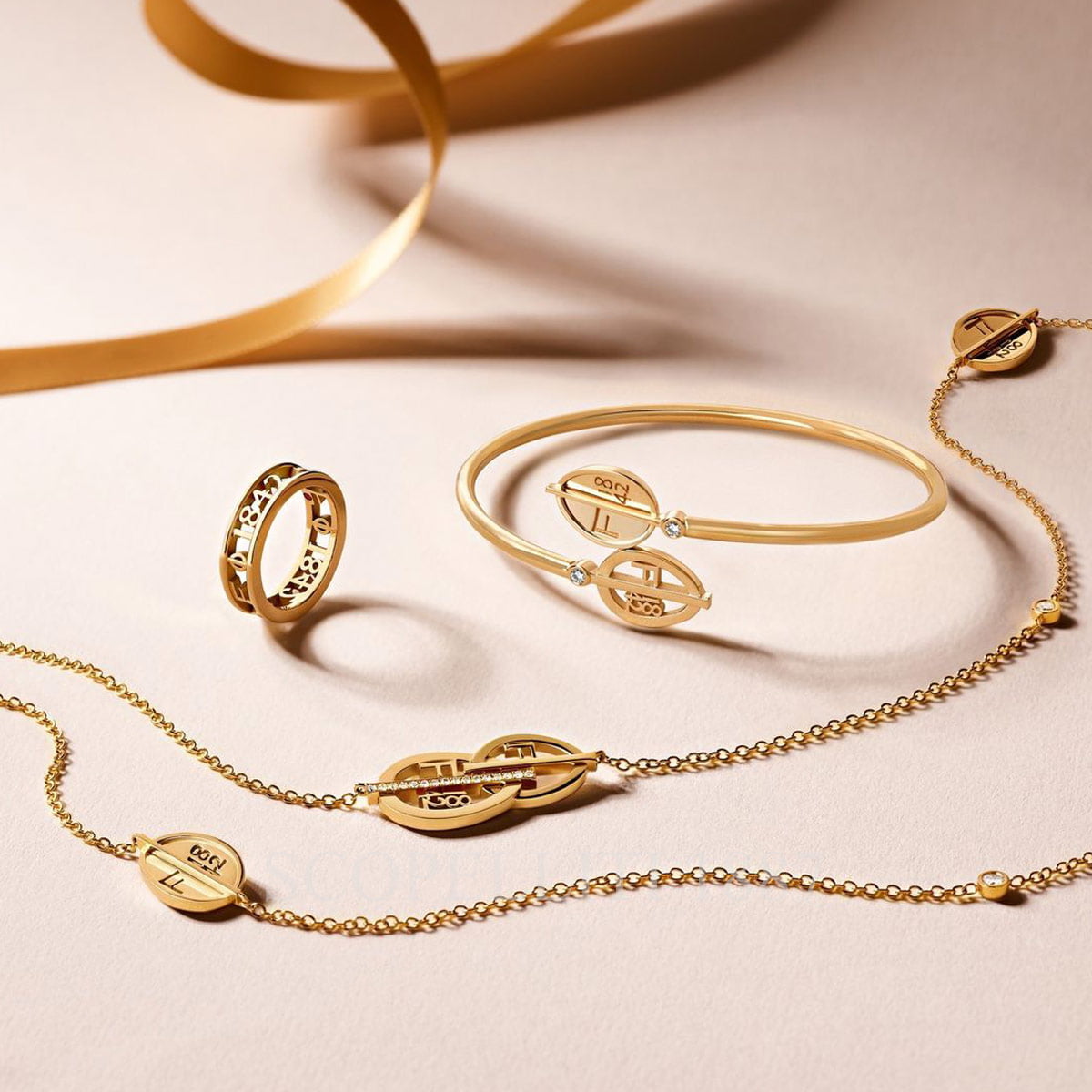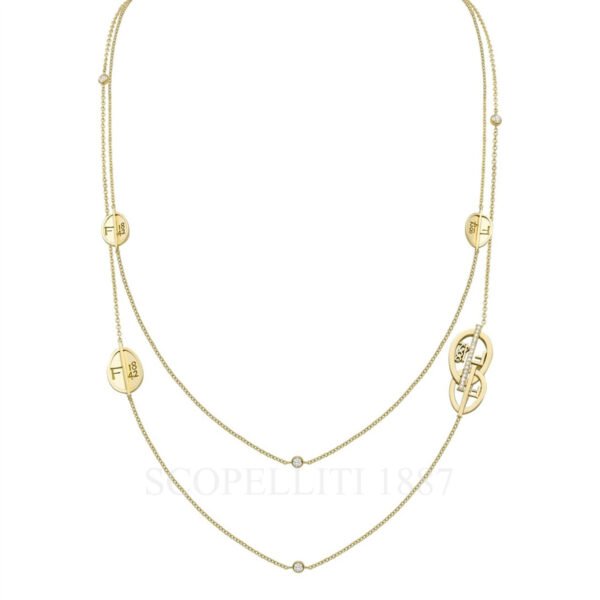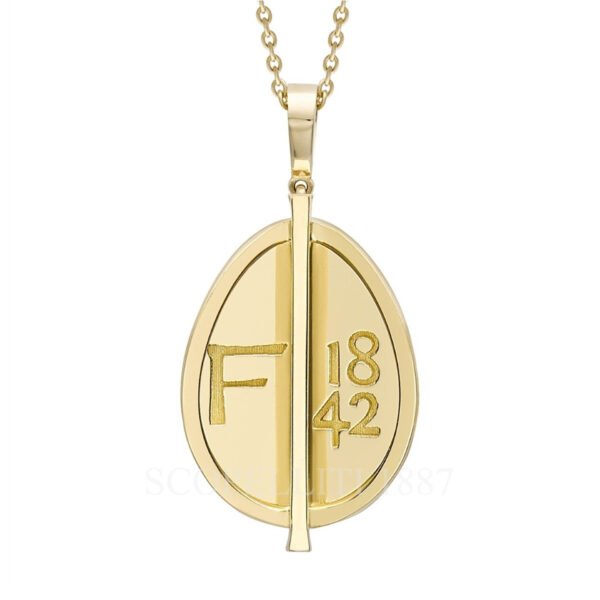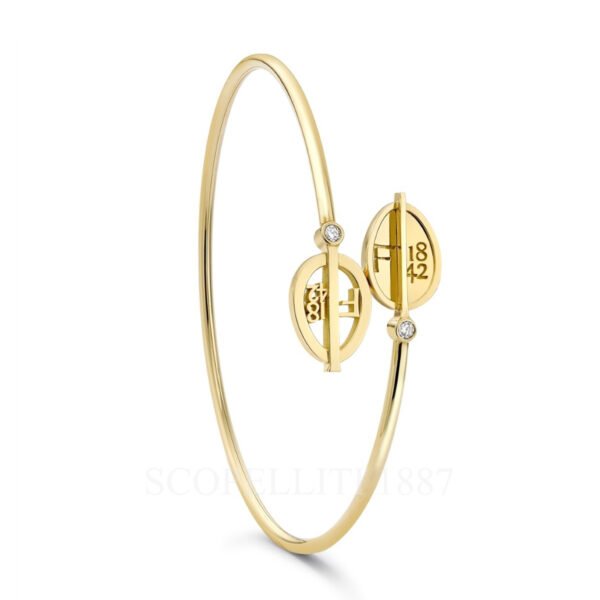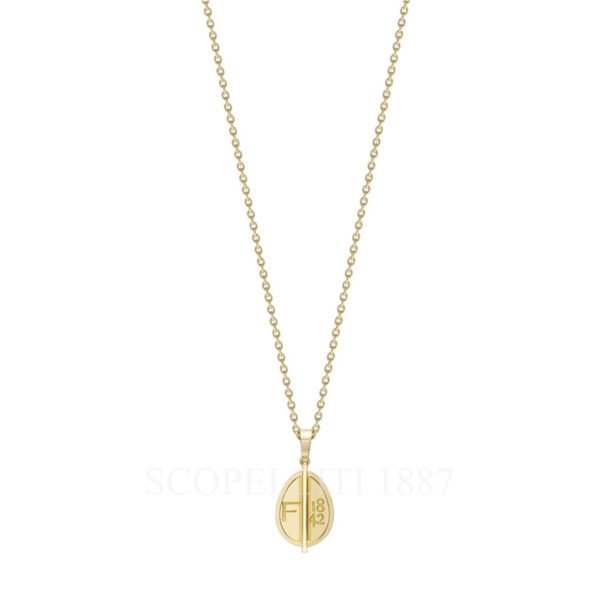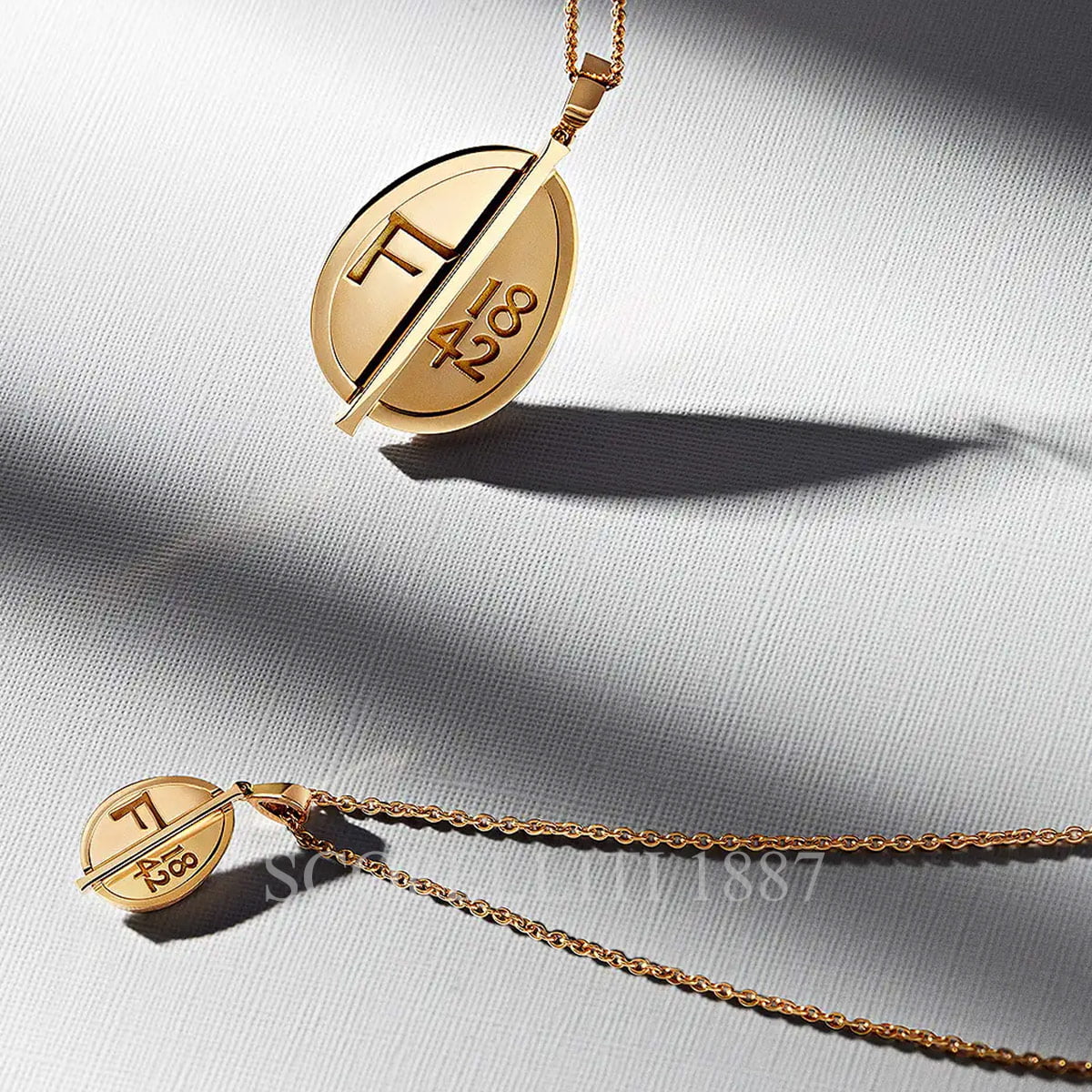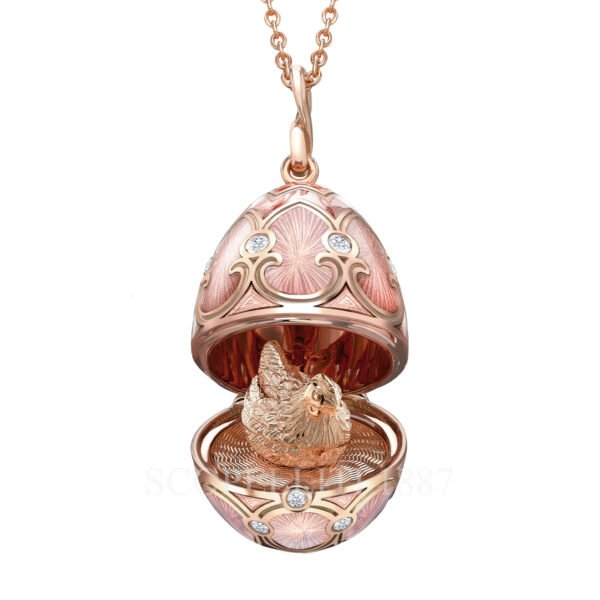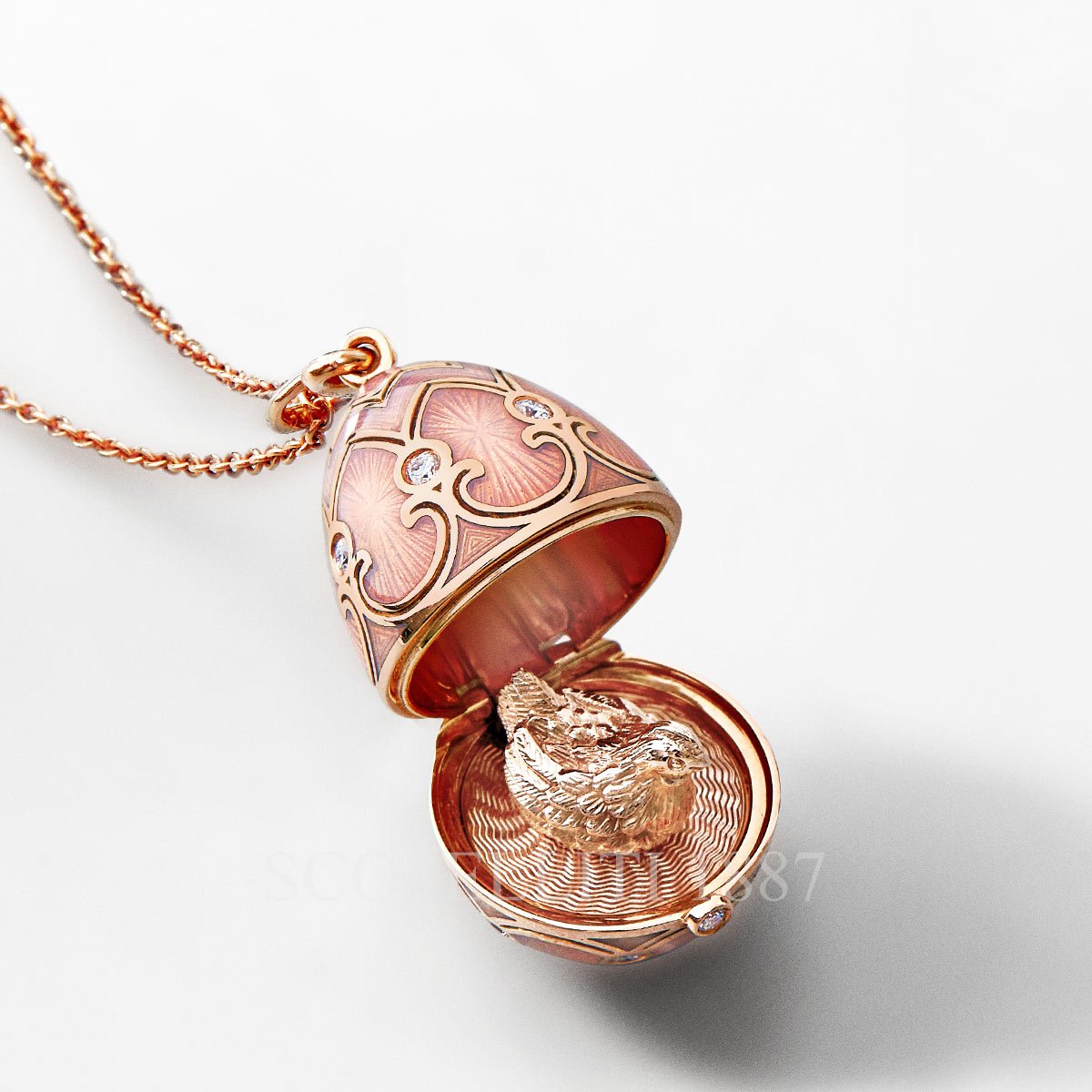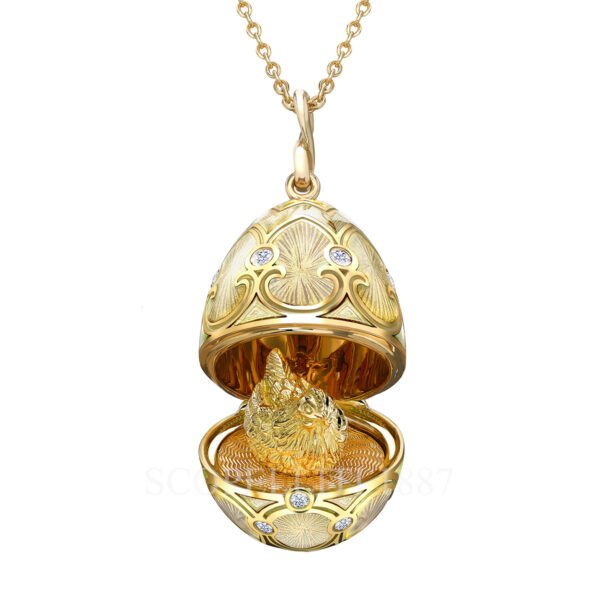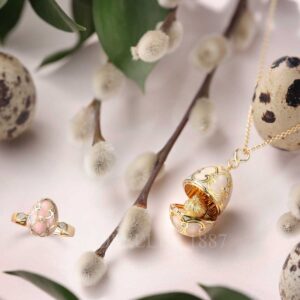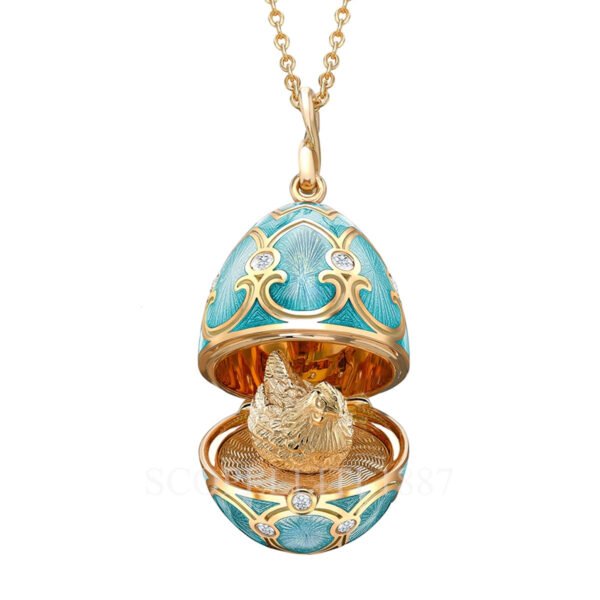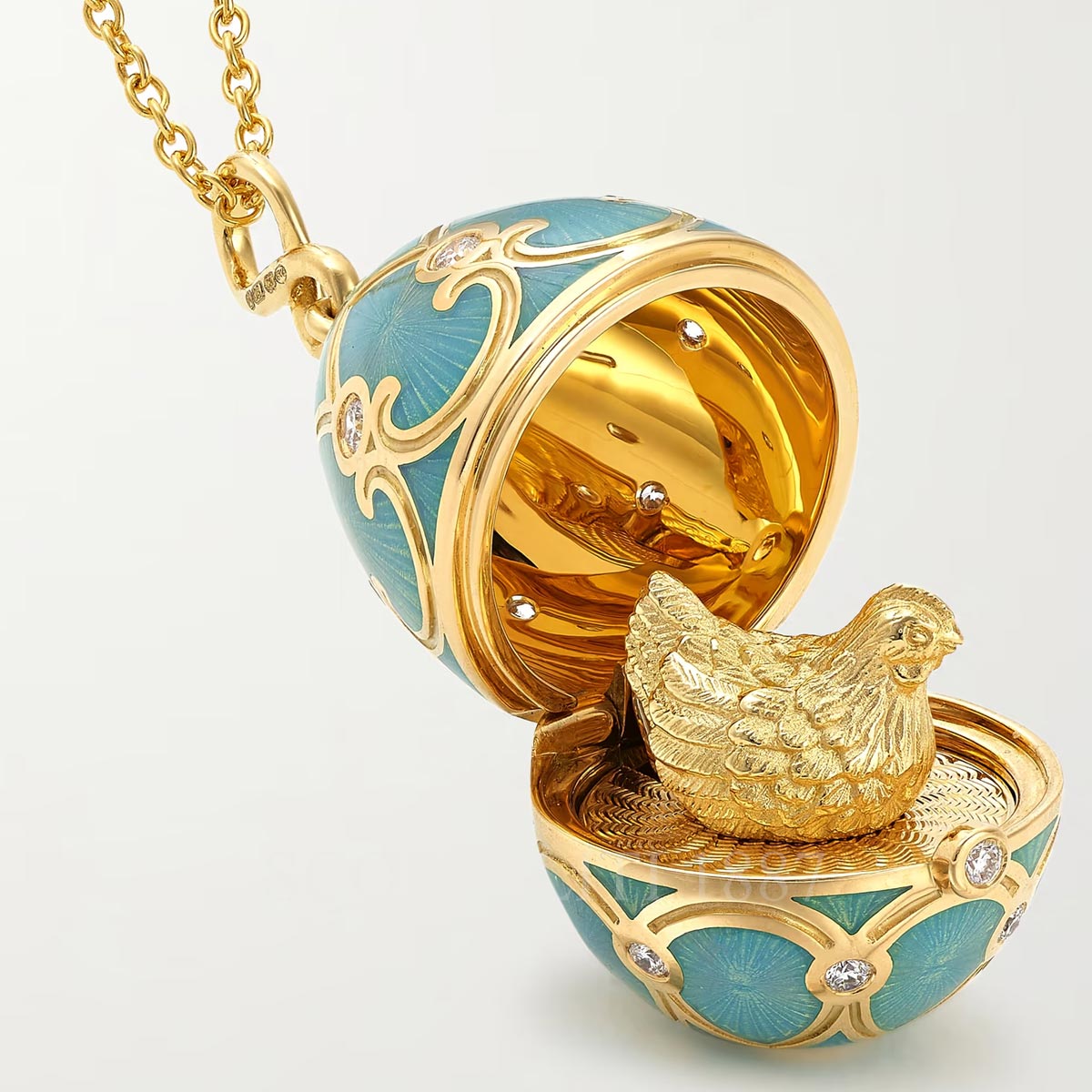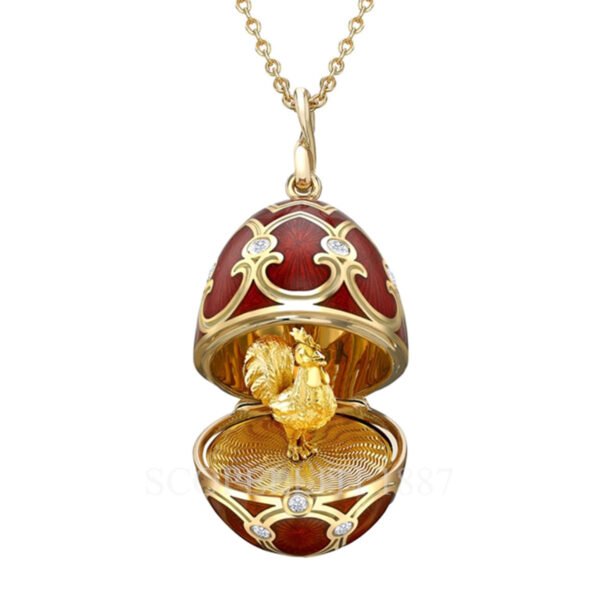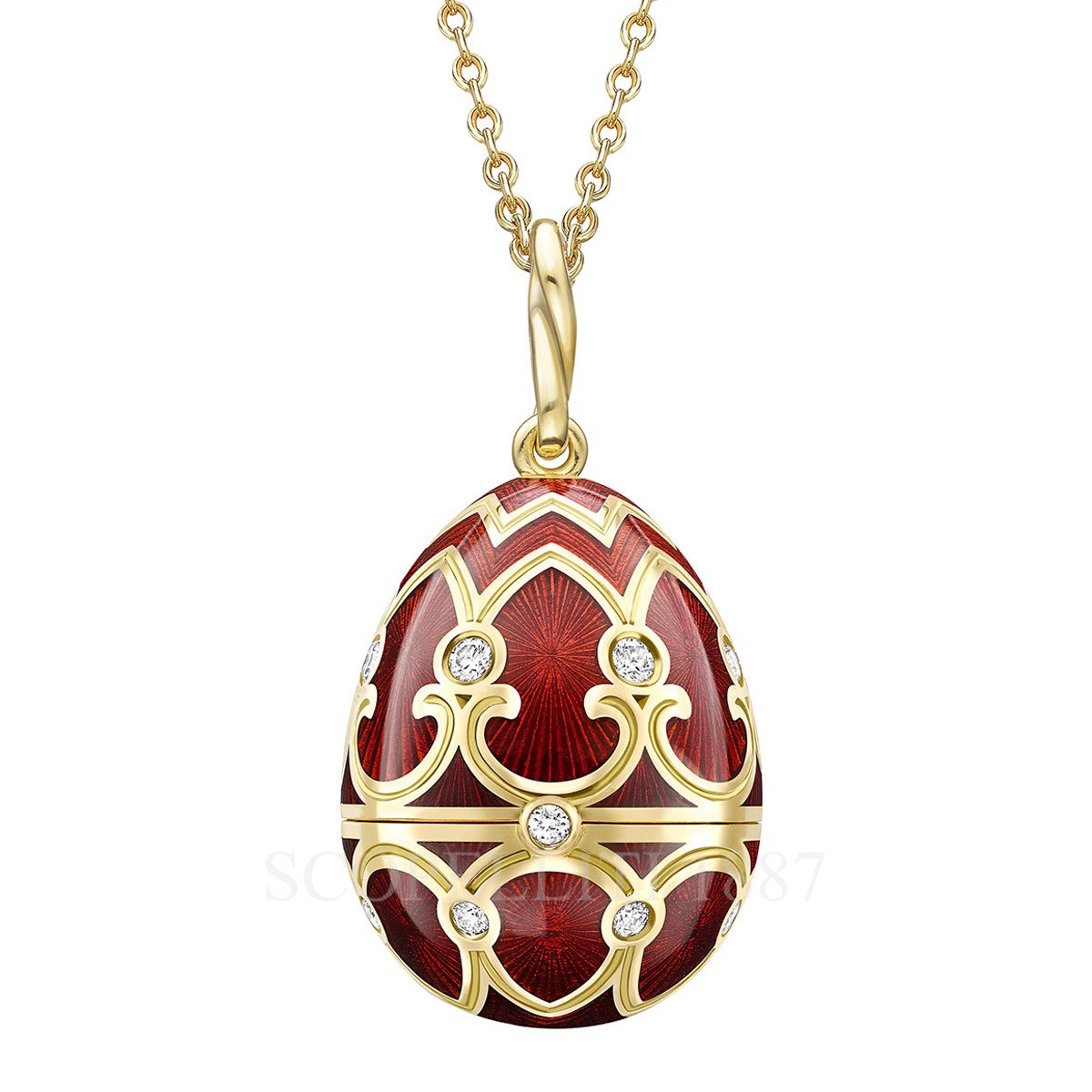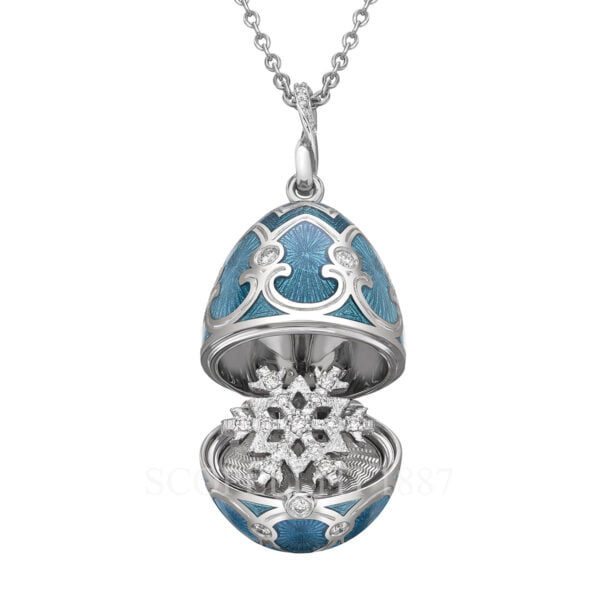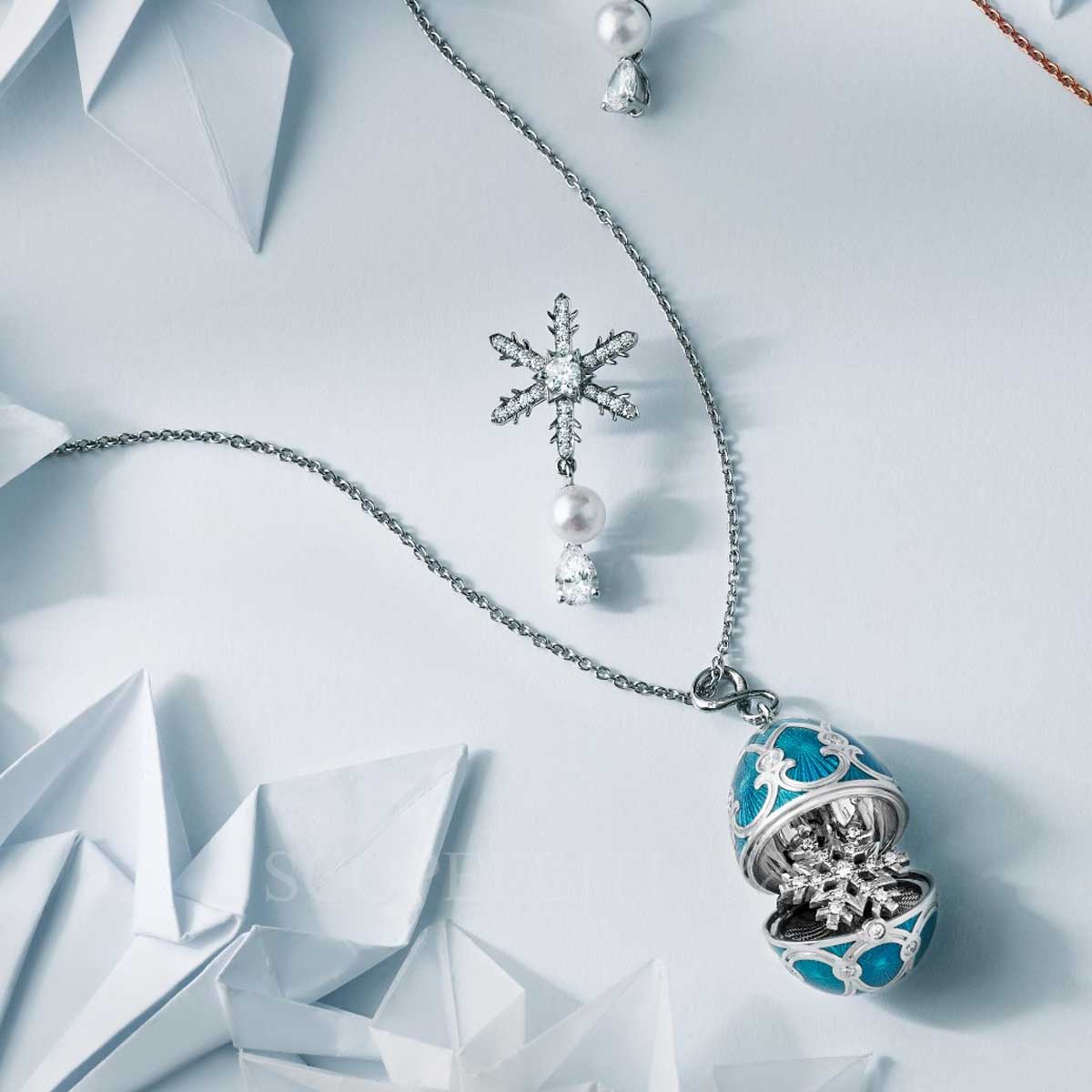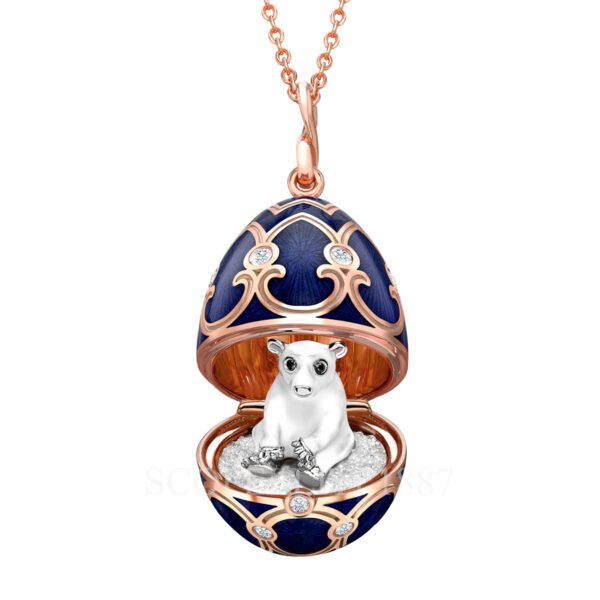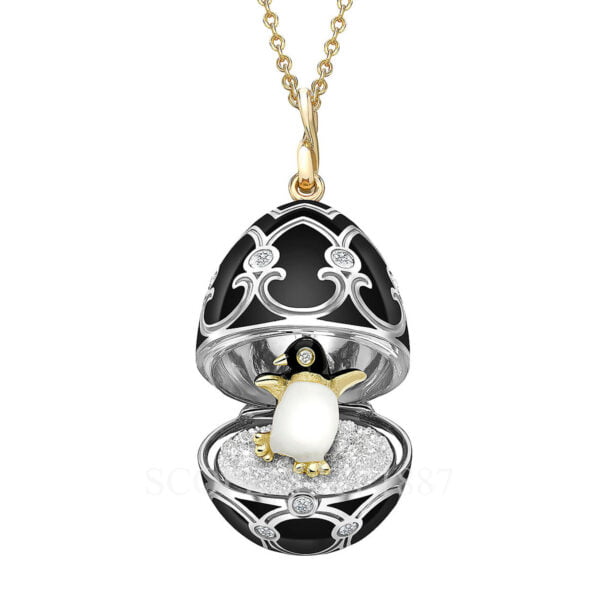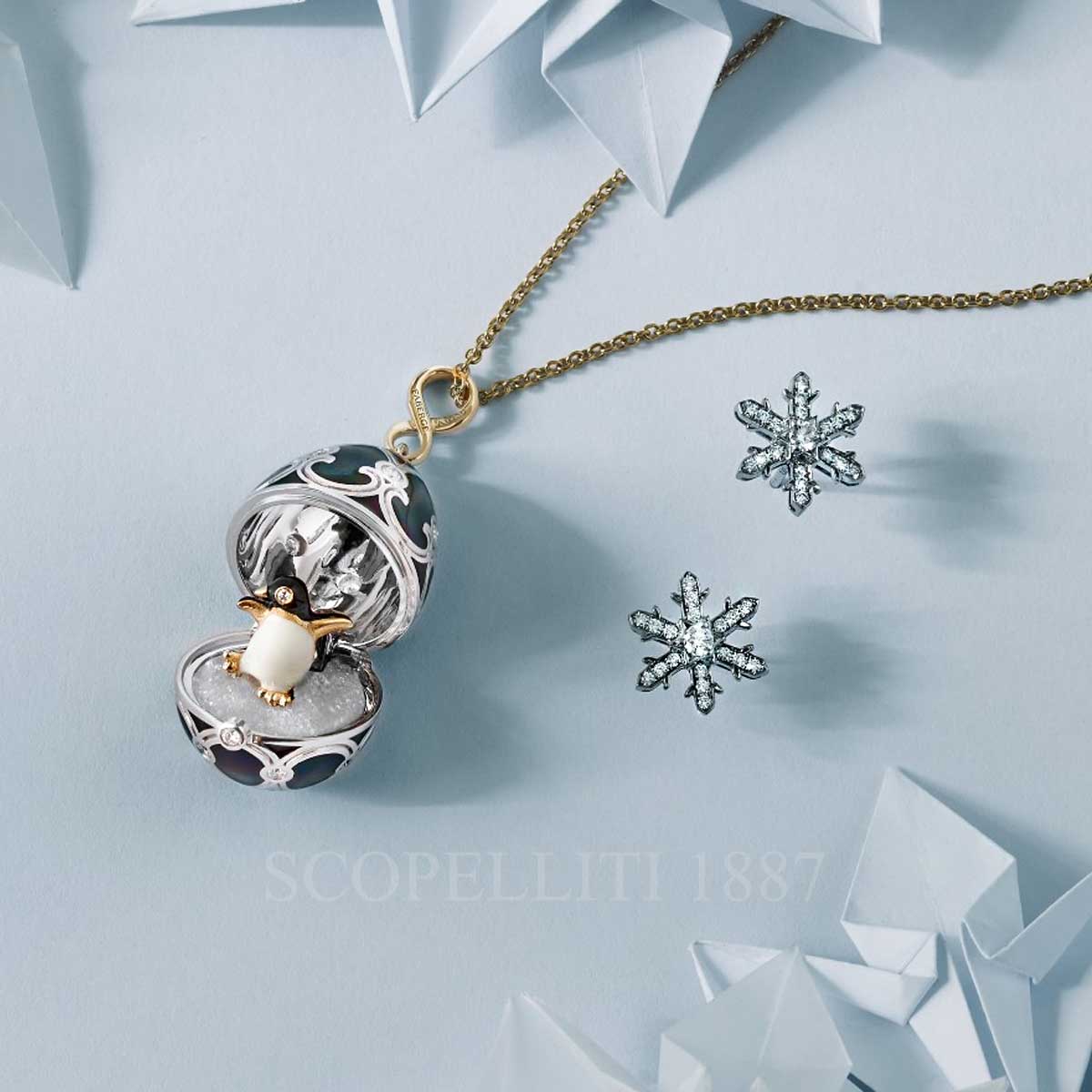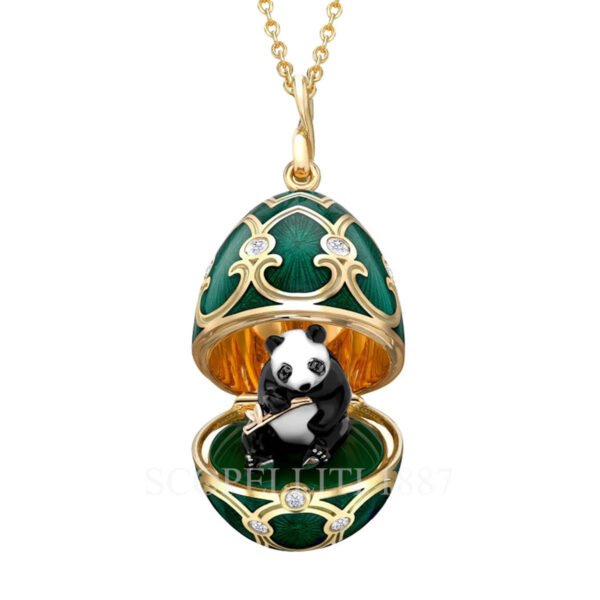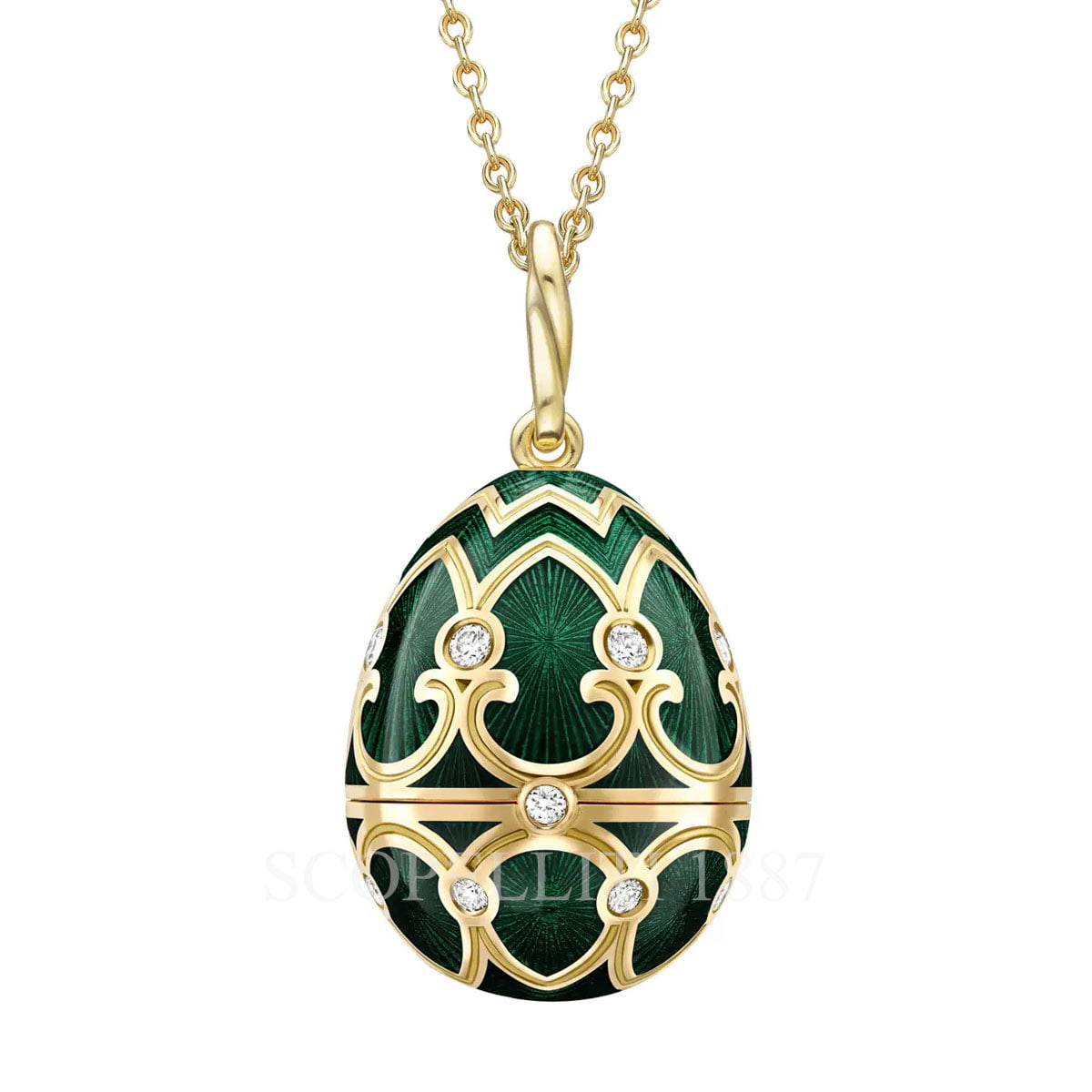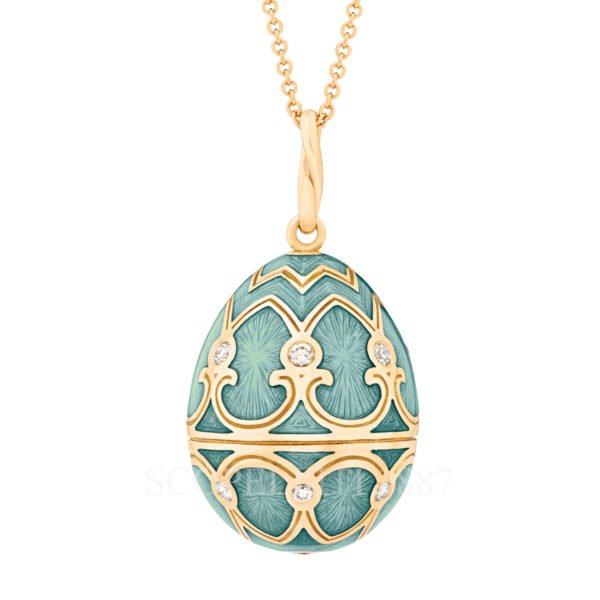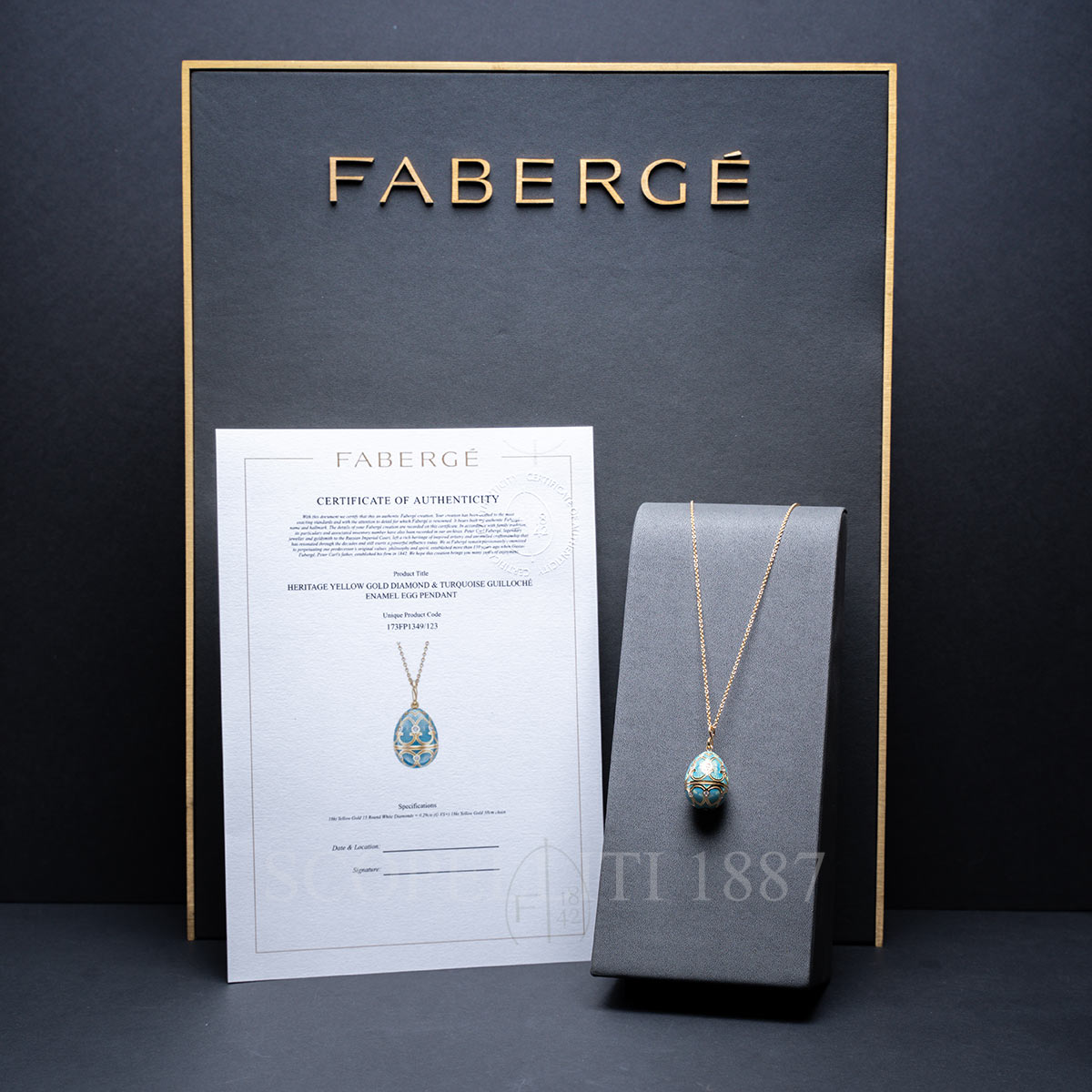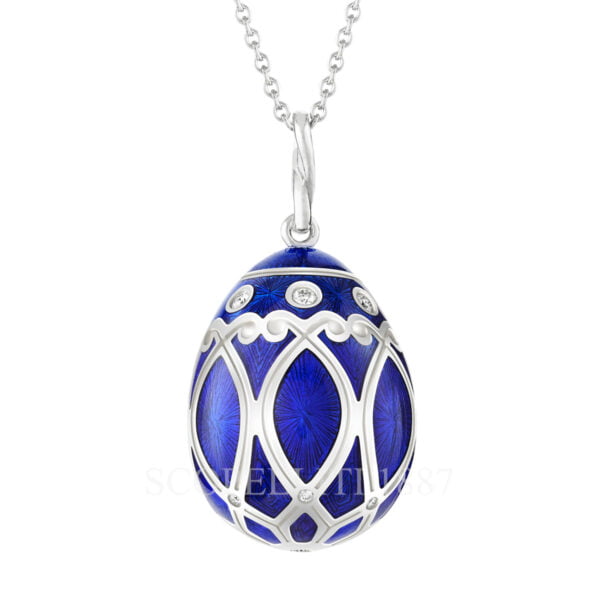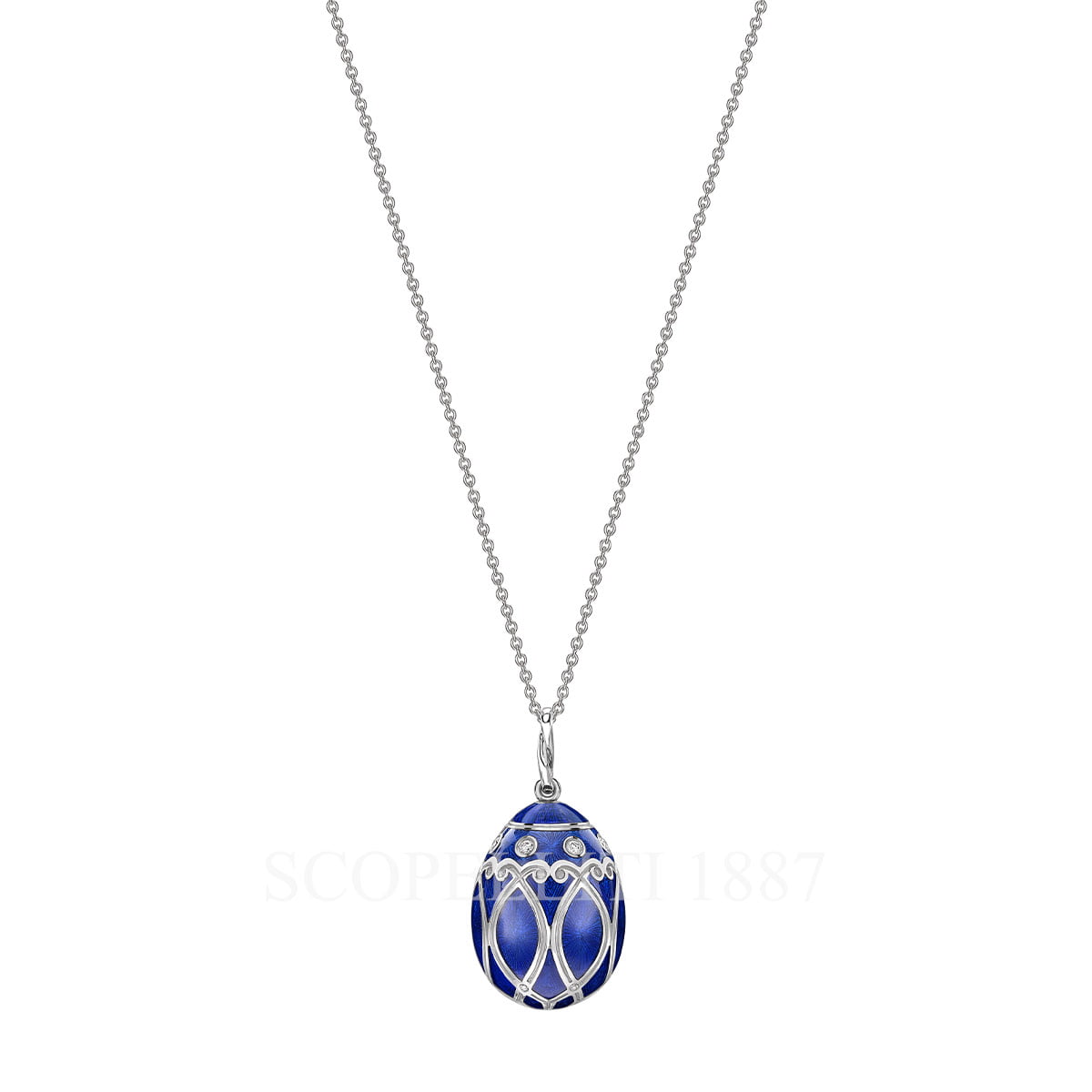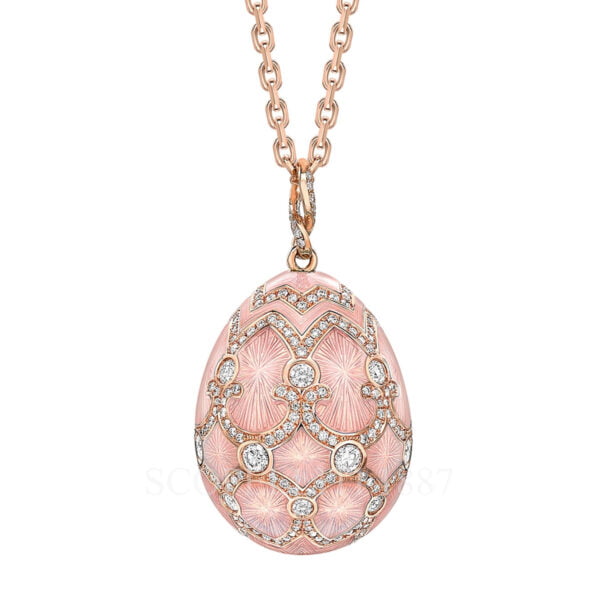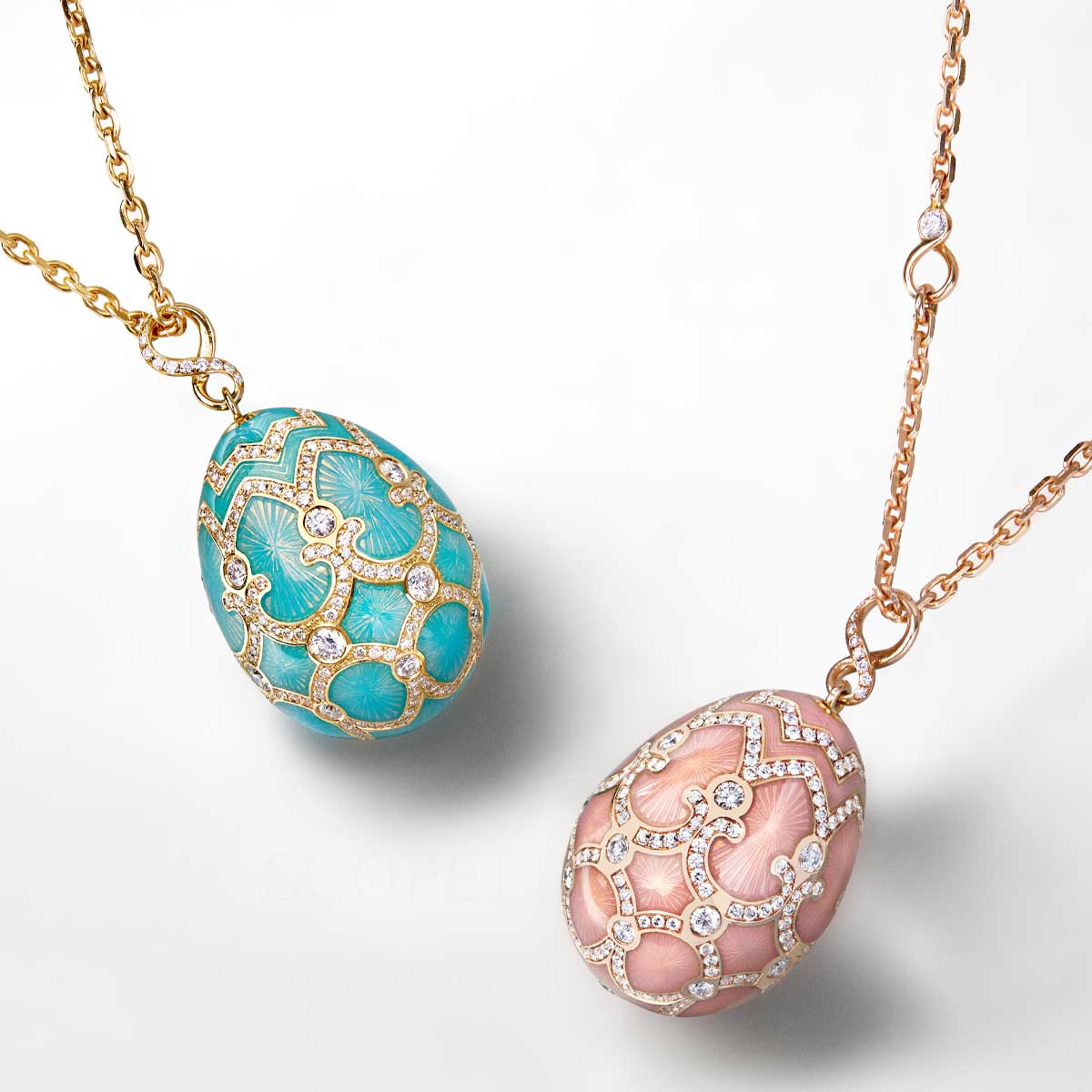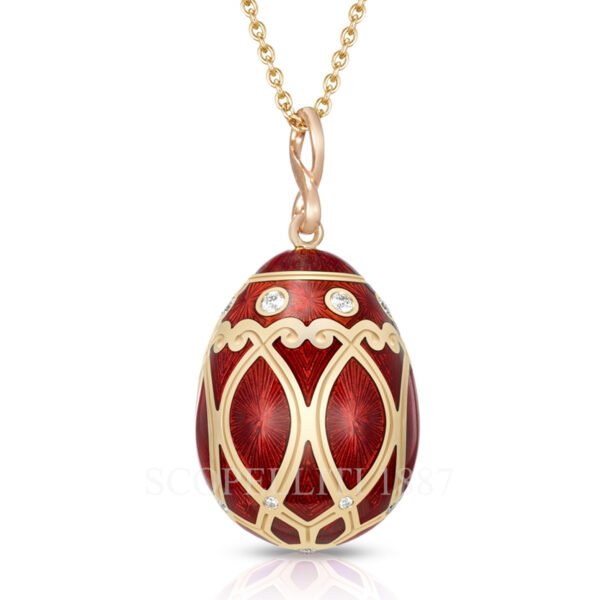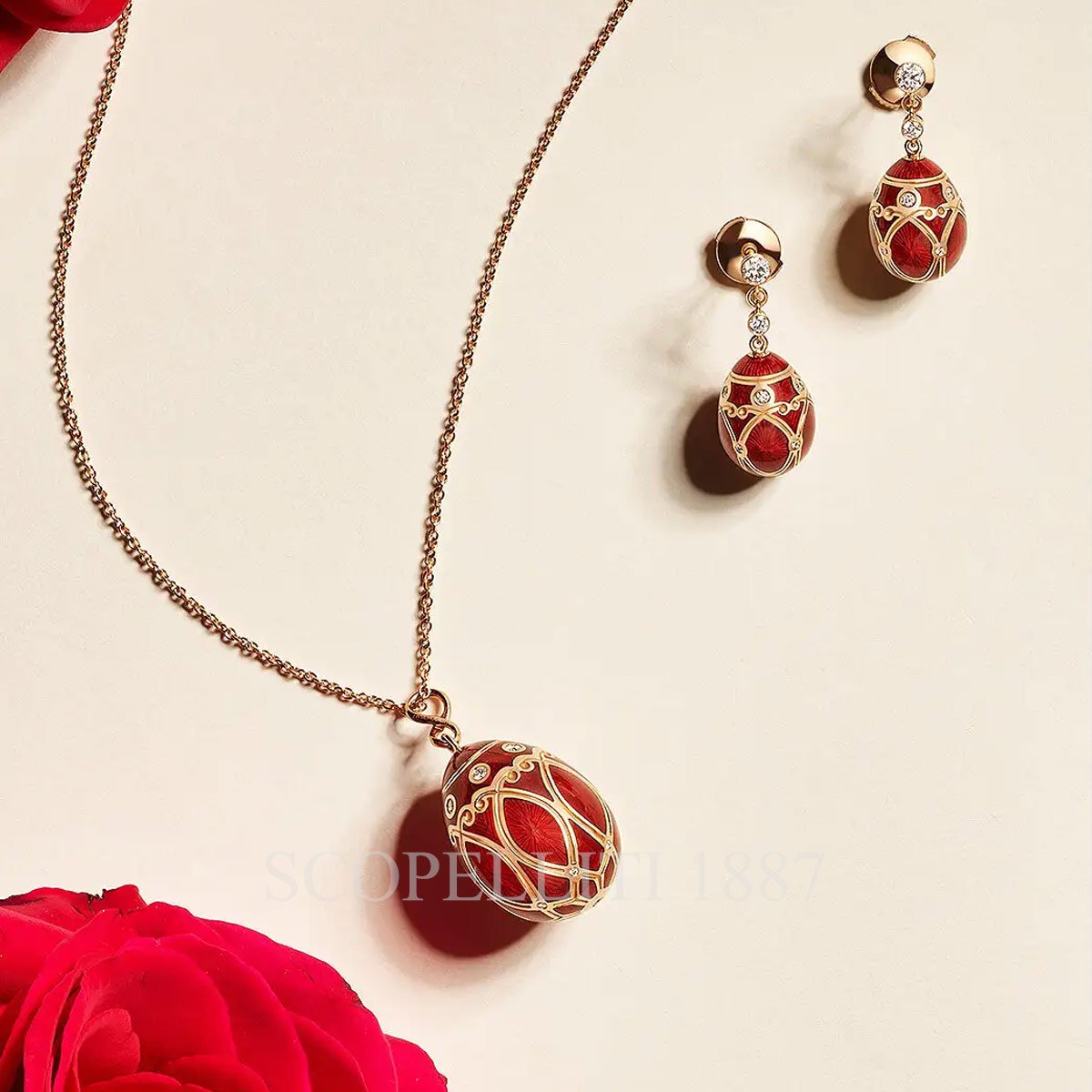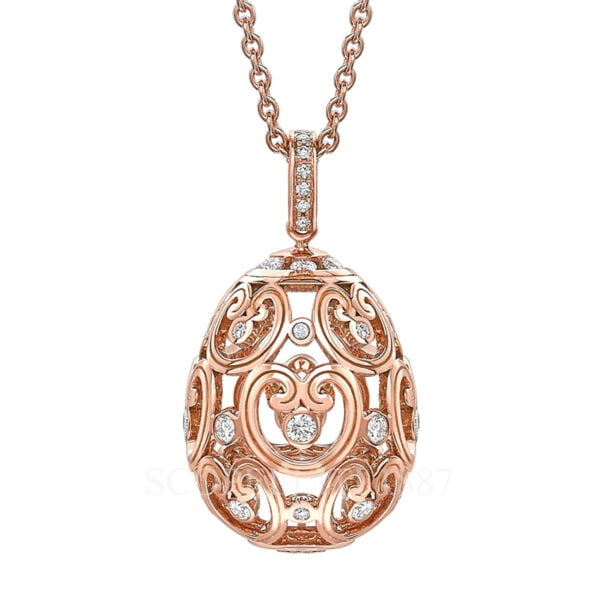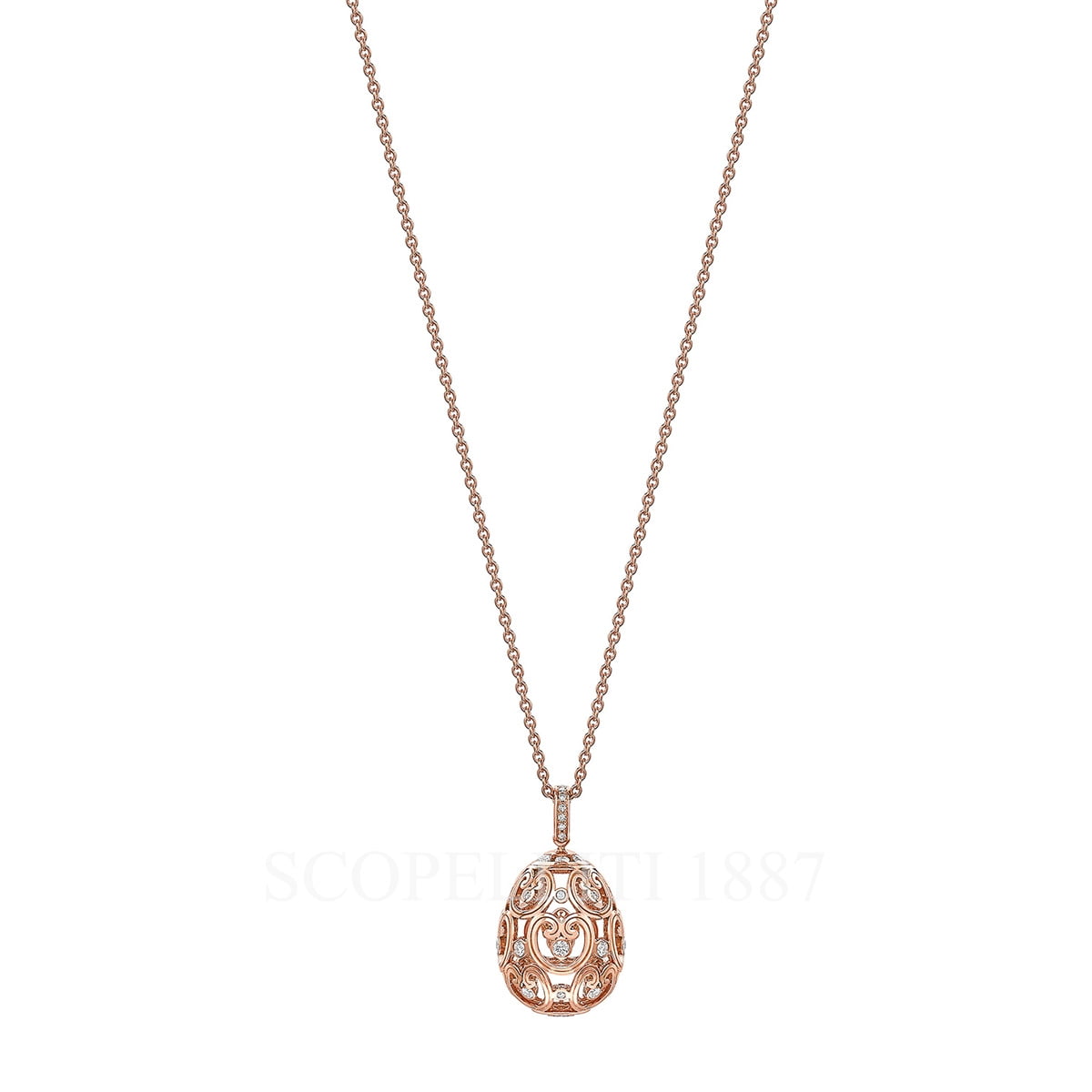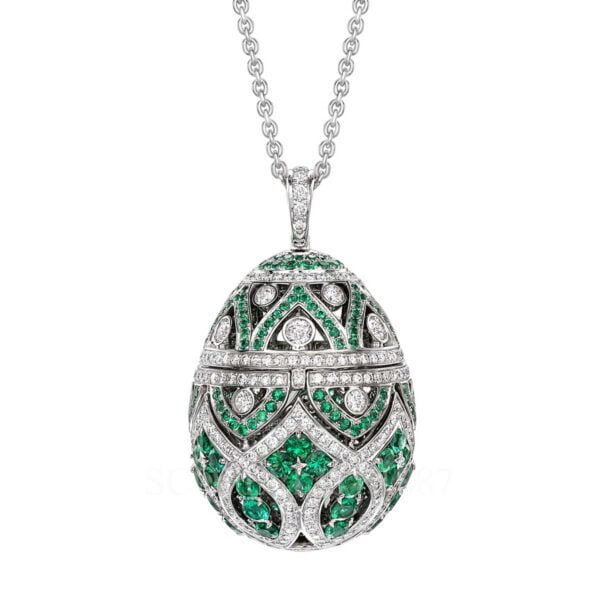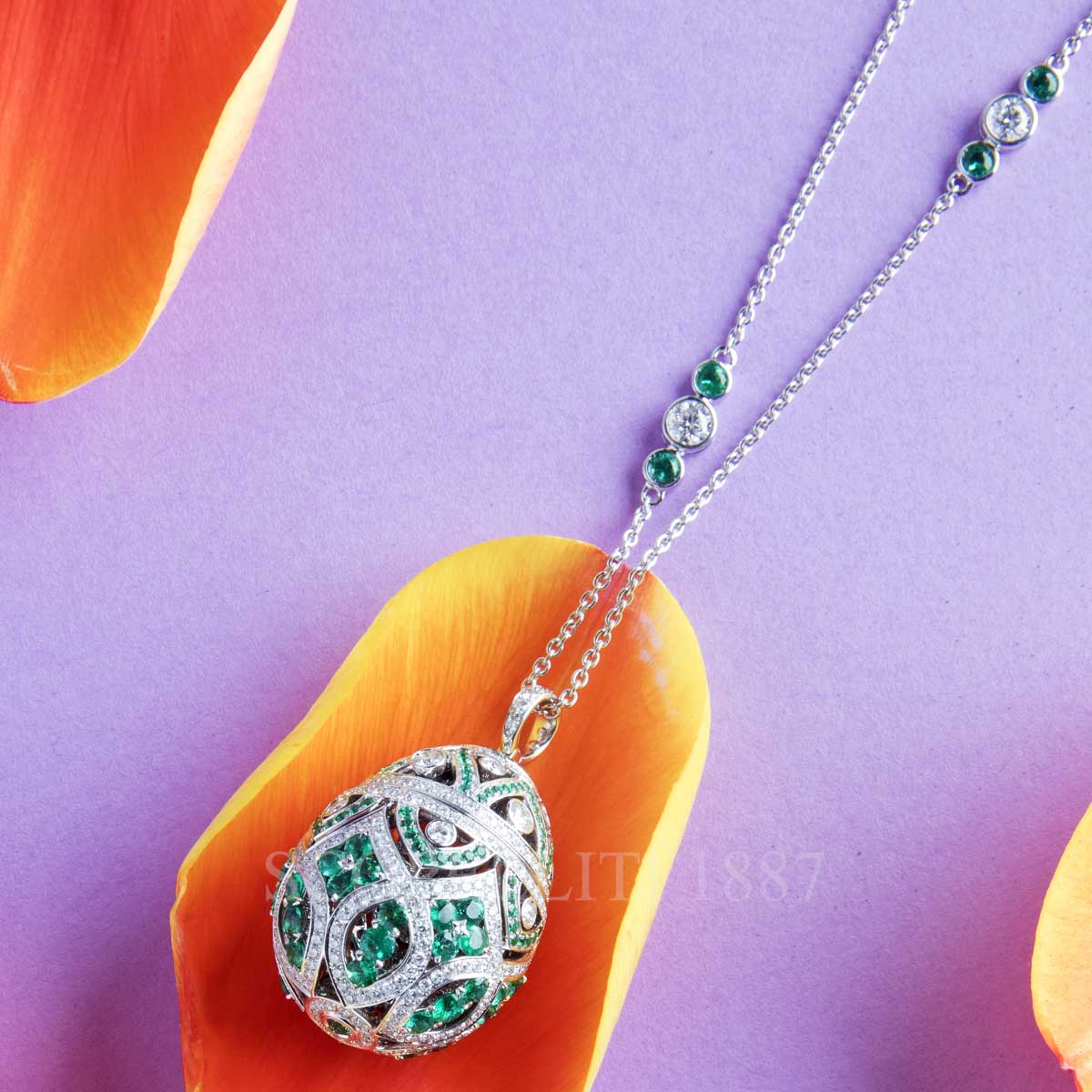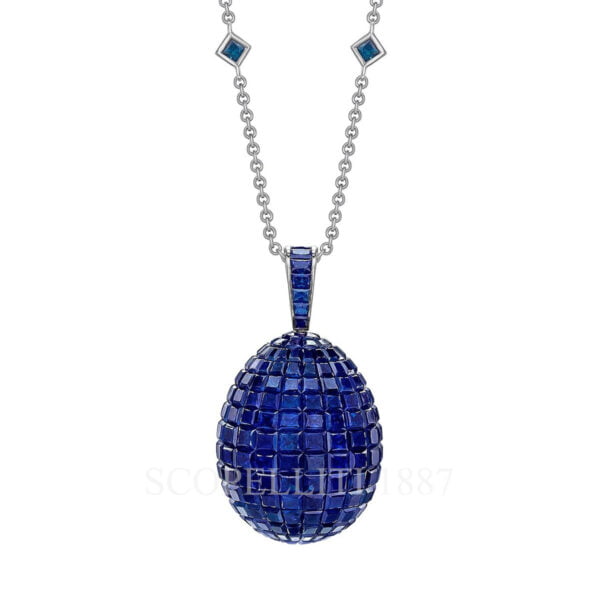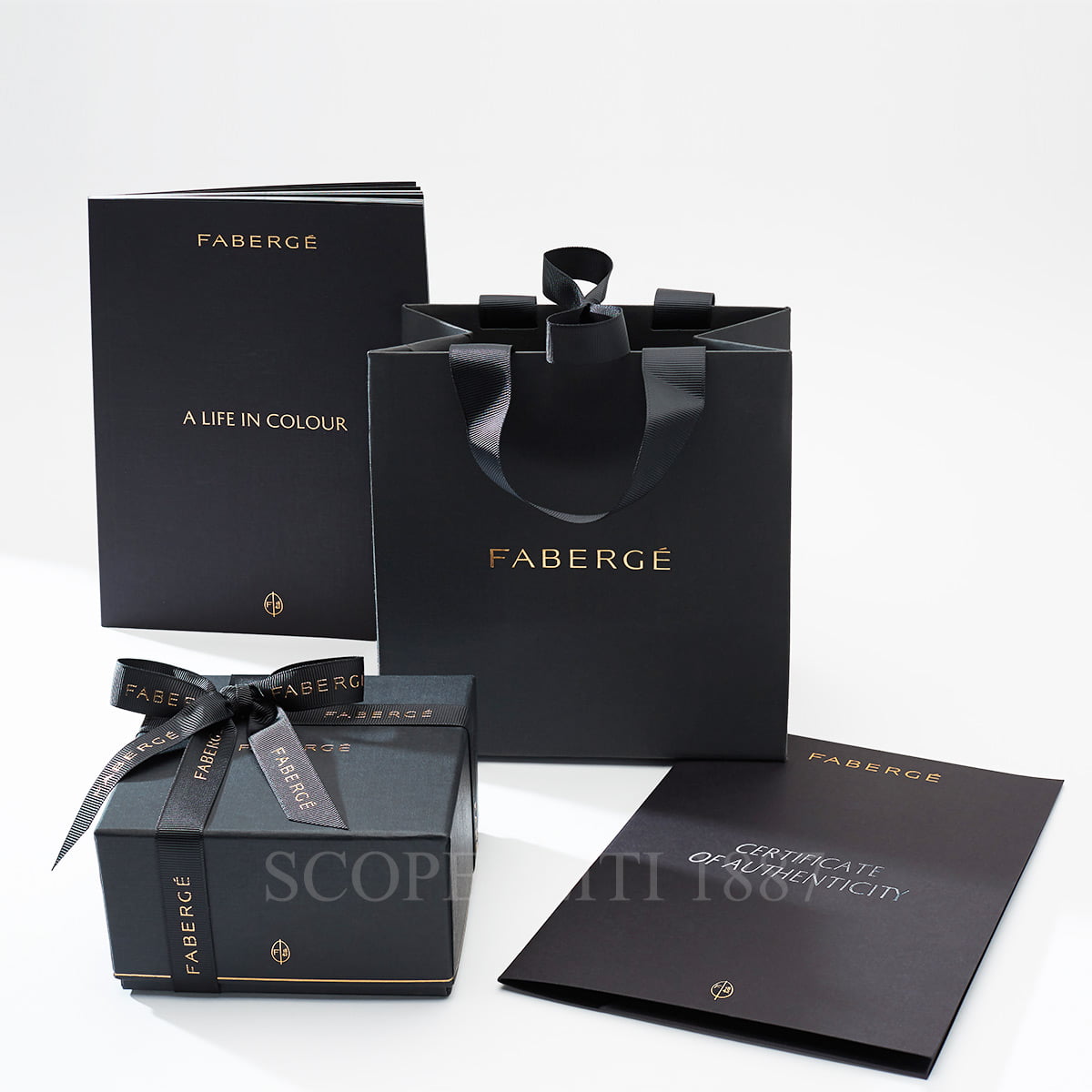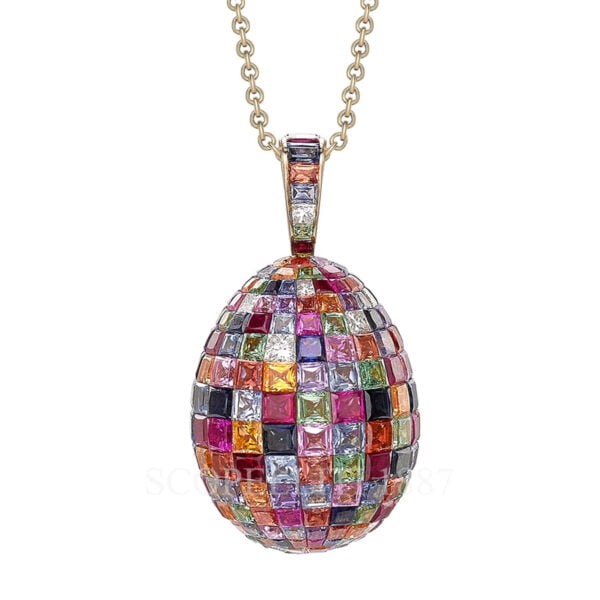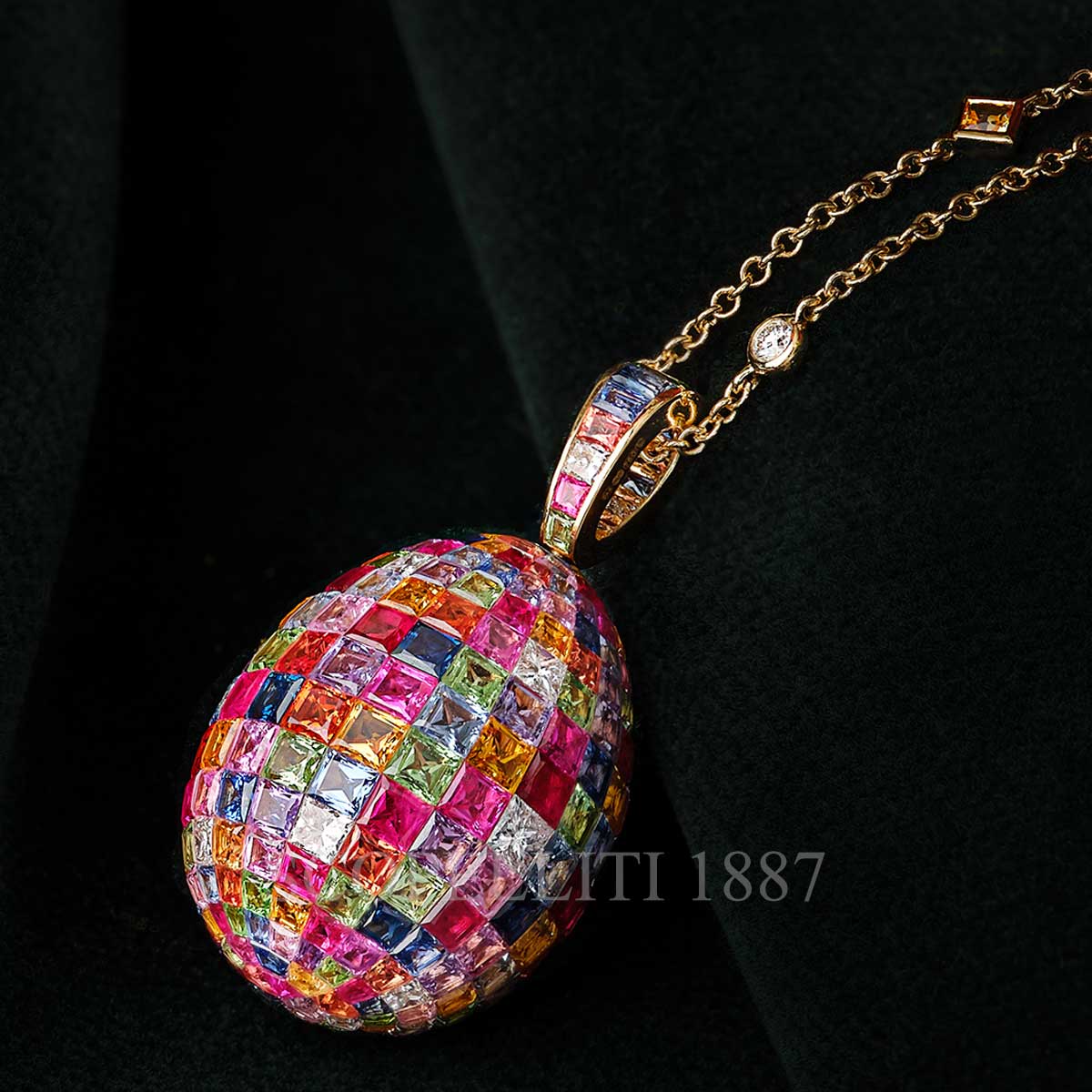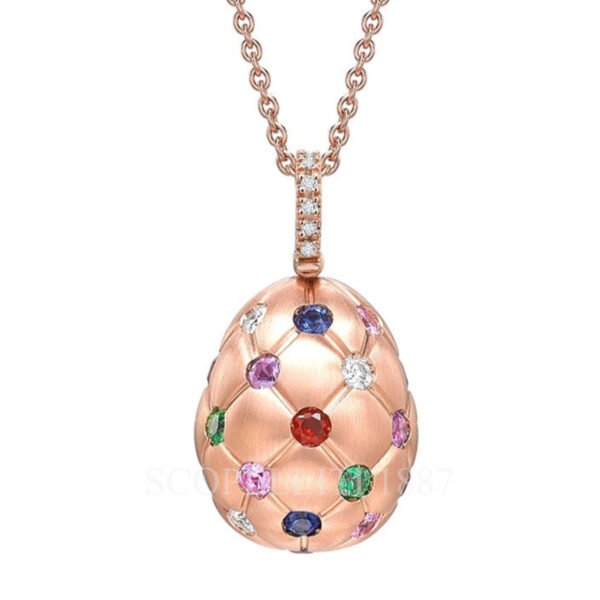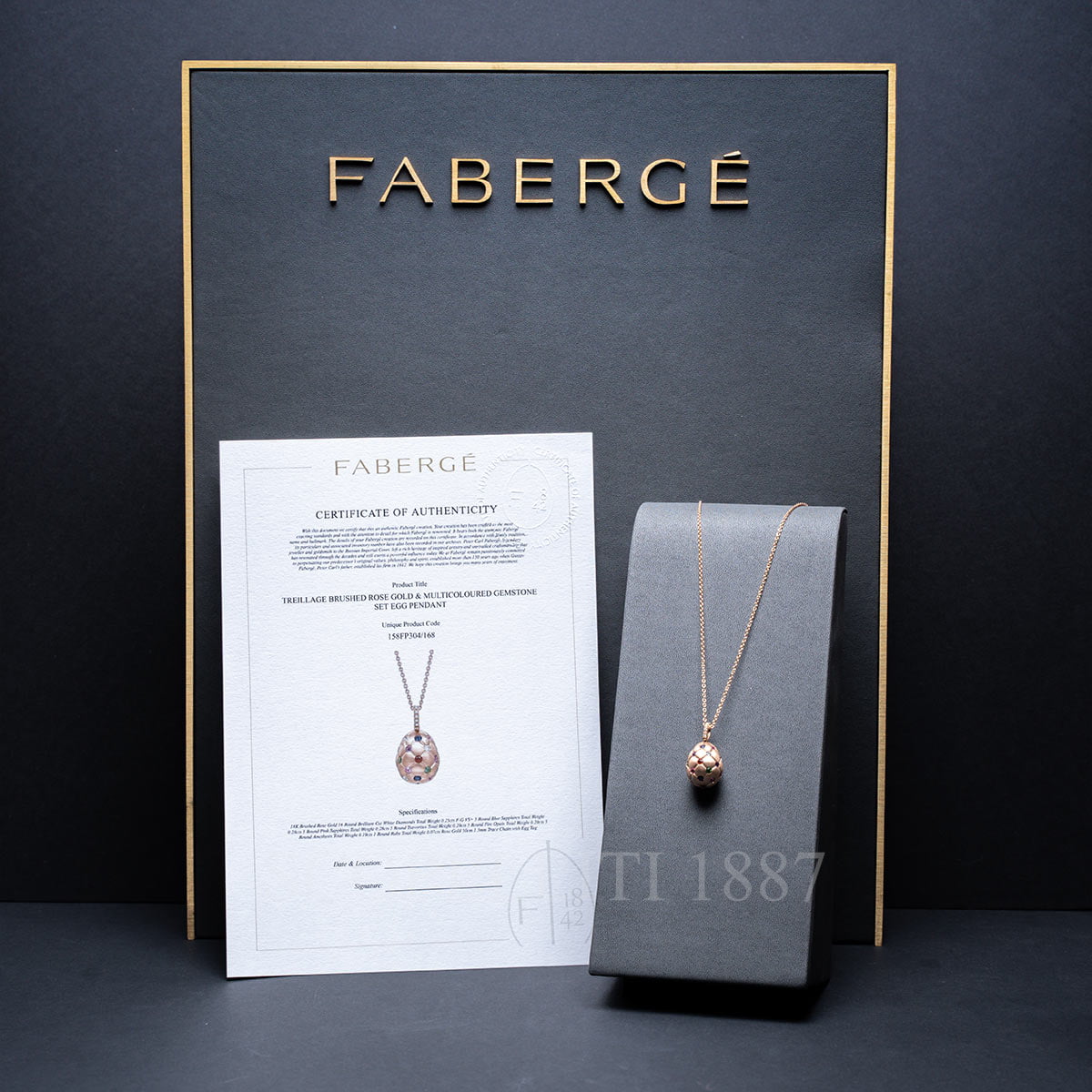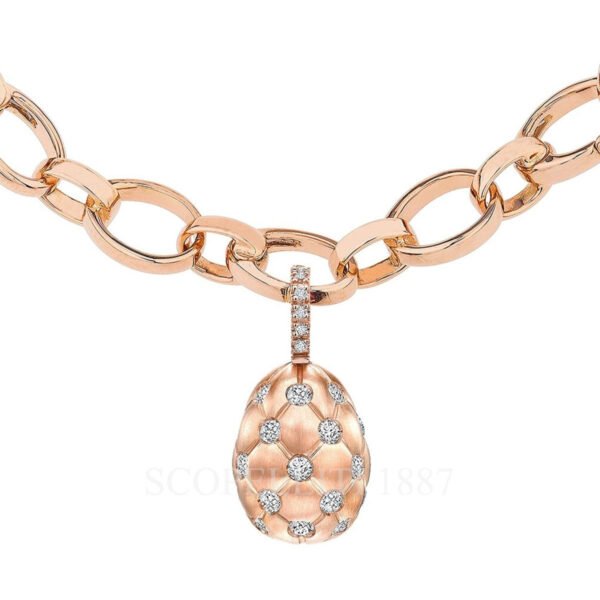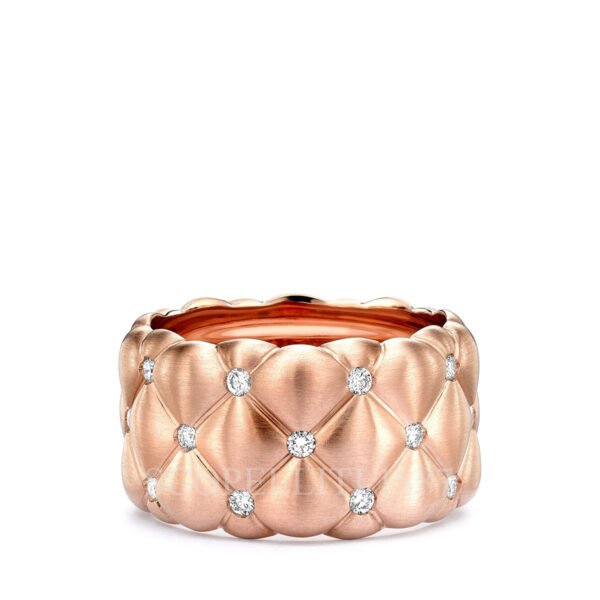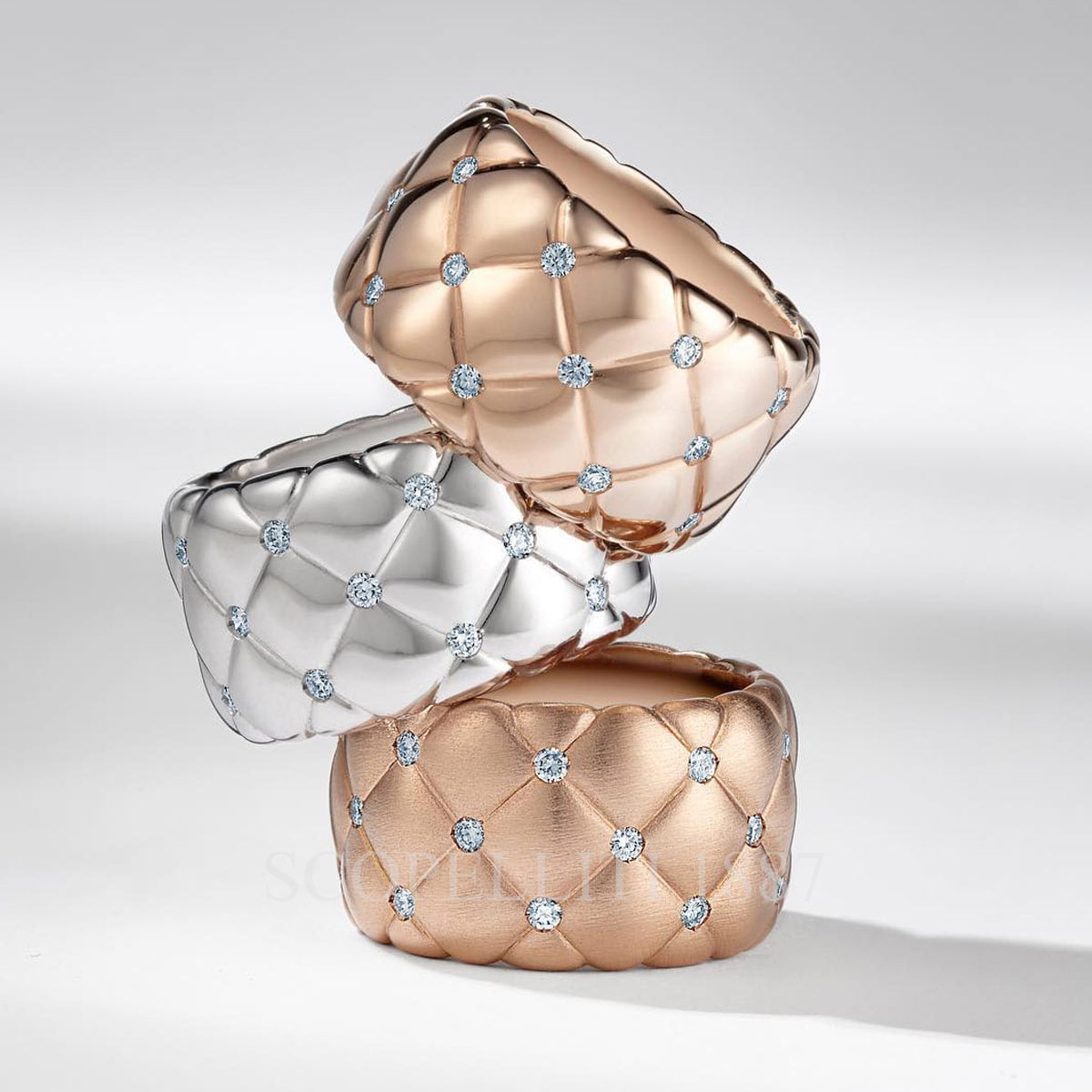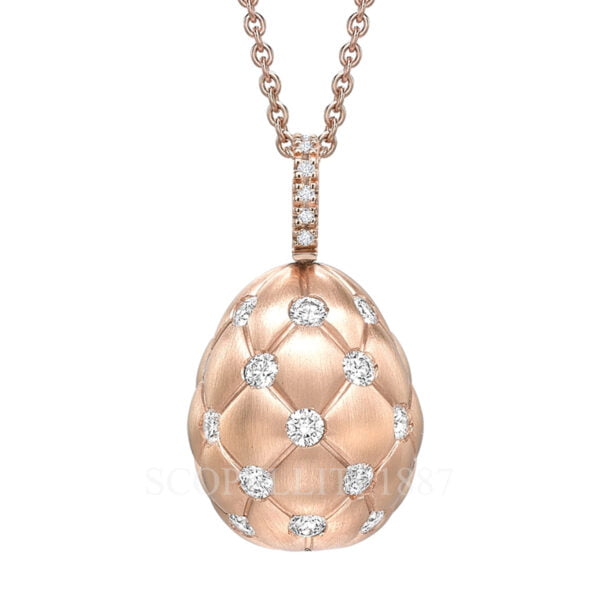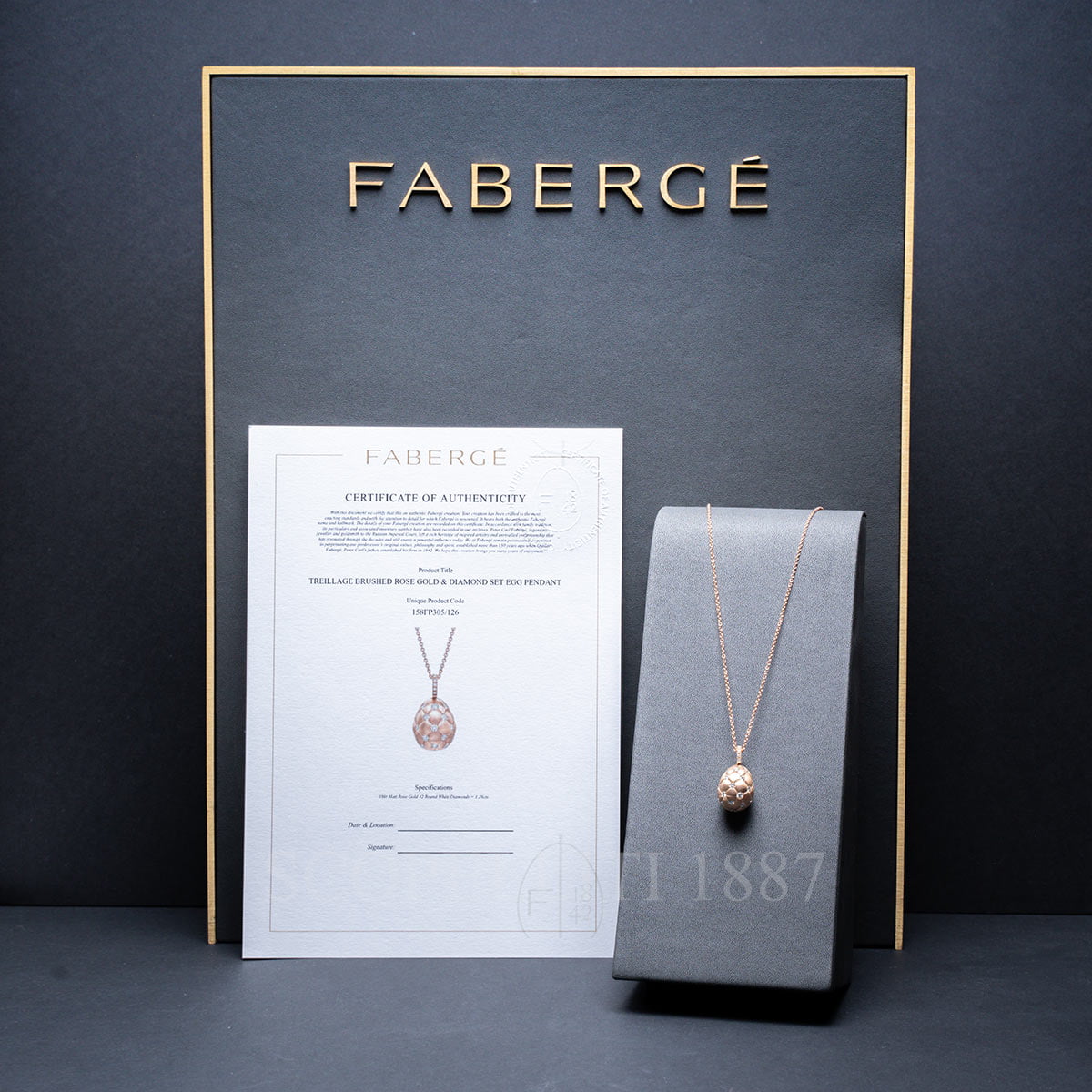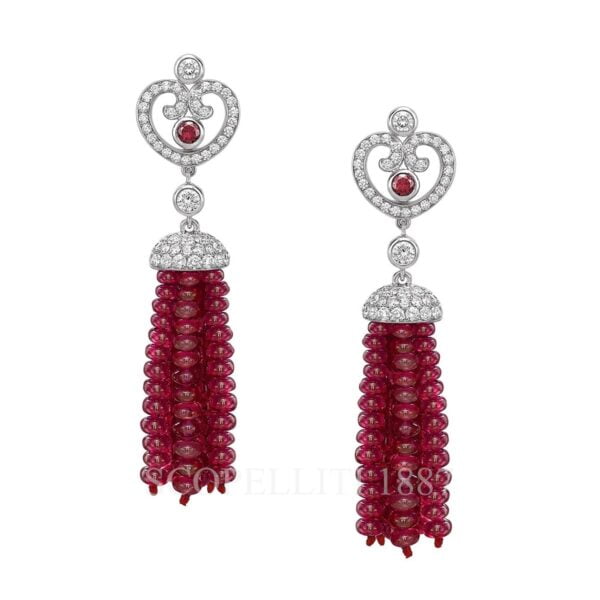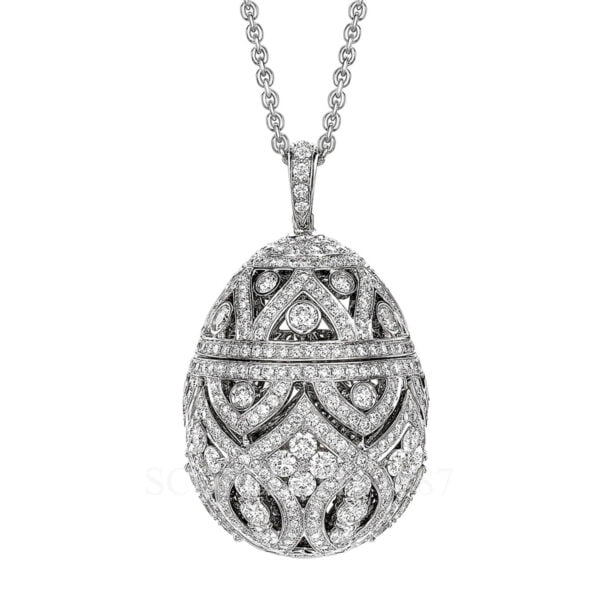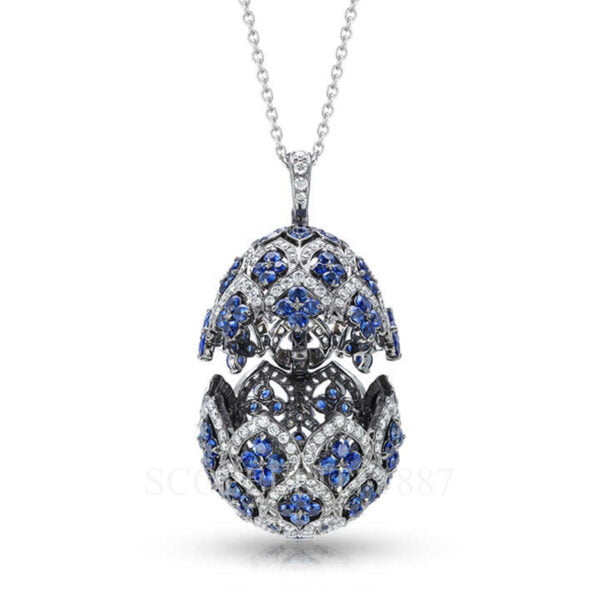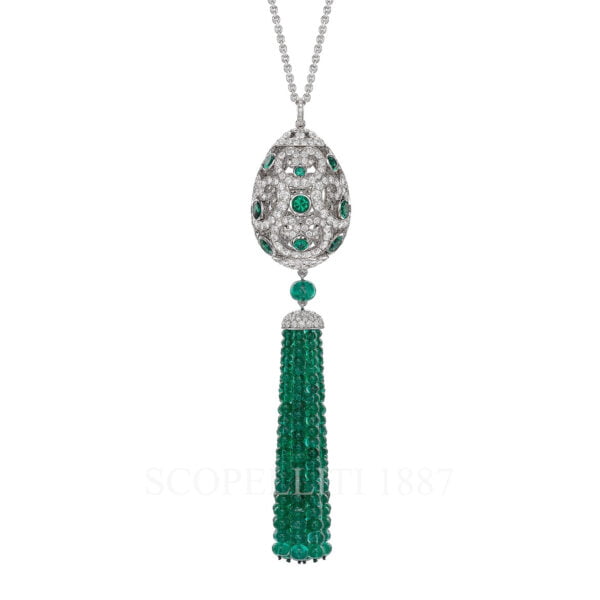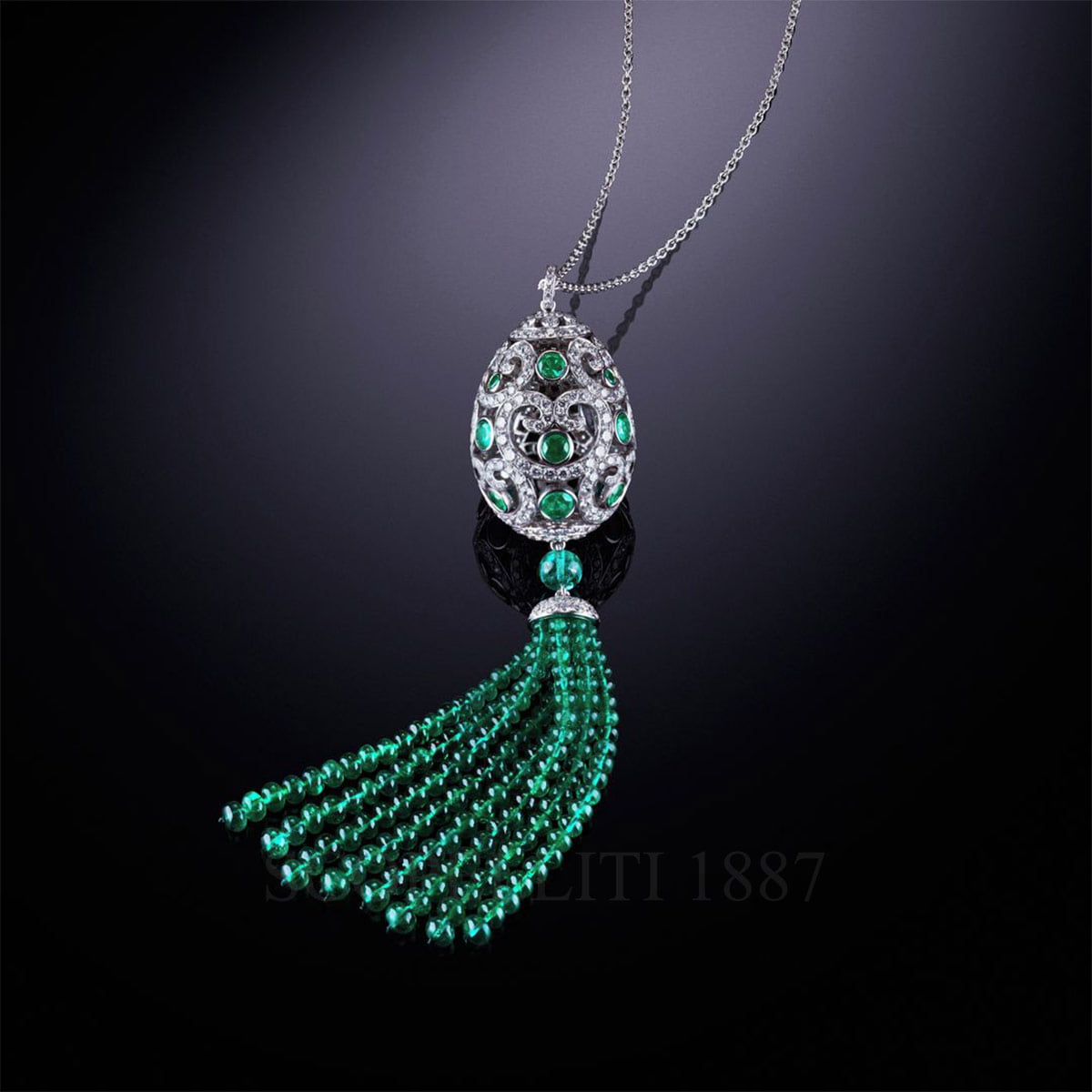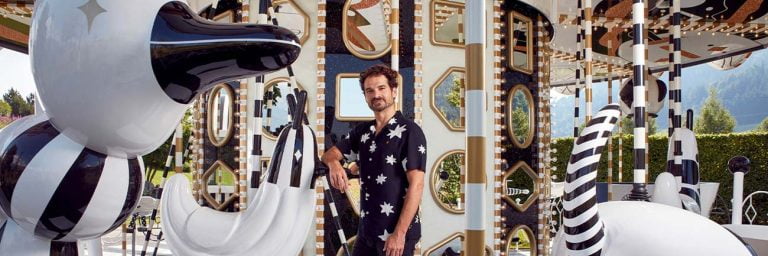

Fabergé Empire & Its History
Fabergé’s name gives rise to images of the brilliant world of the last Russian tsars and priceless treasures made by talented artisans who did their best to create imperial gifts for special occasions. And behind the legend was a man of supreme talent and his name was Peter Carl Fabergé.
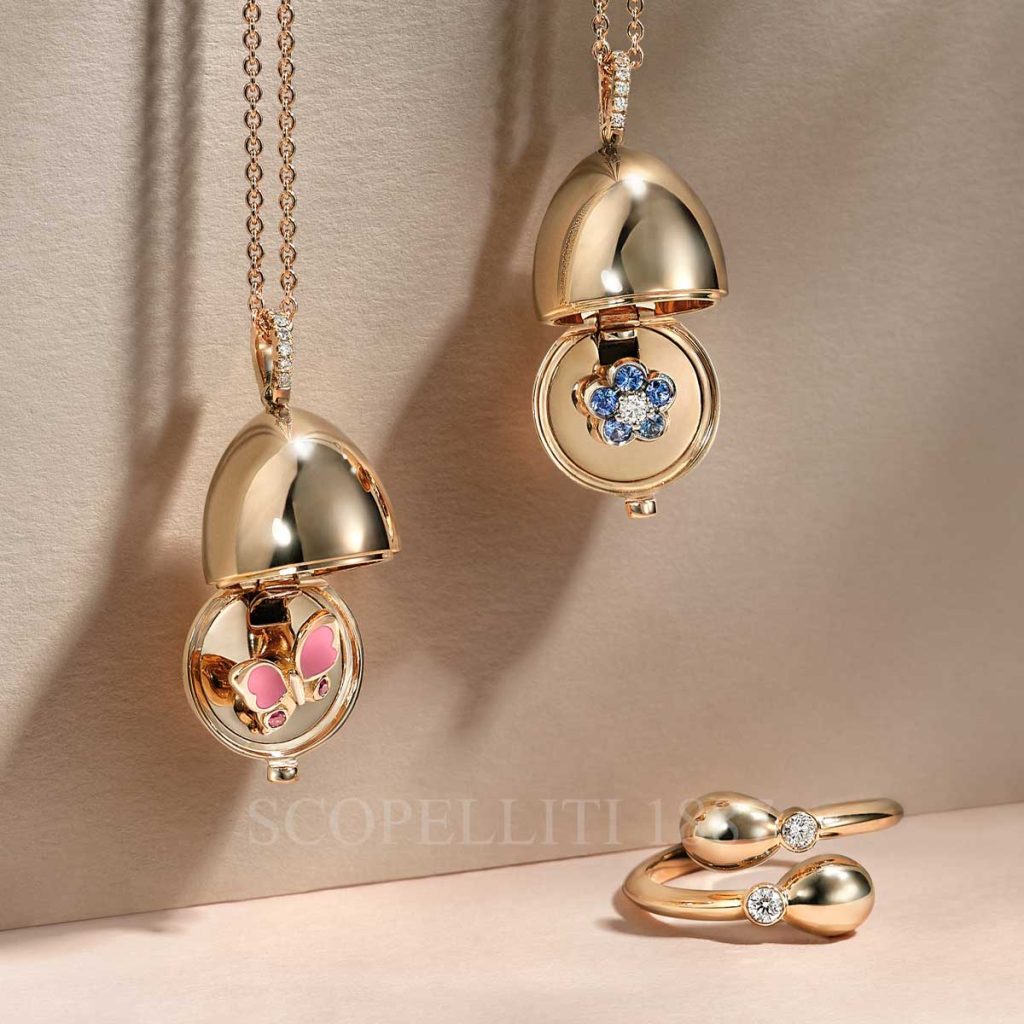
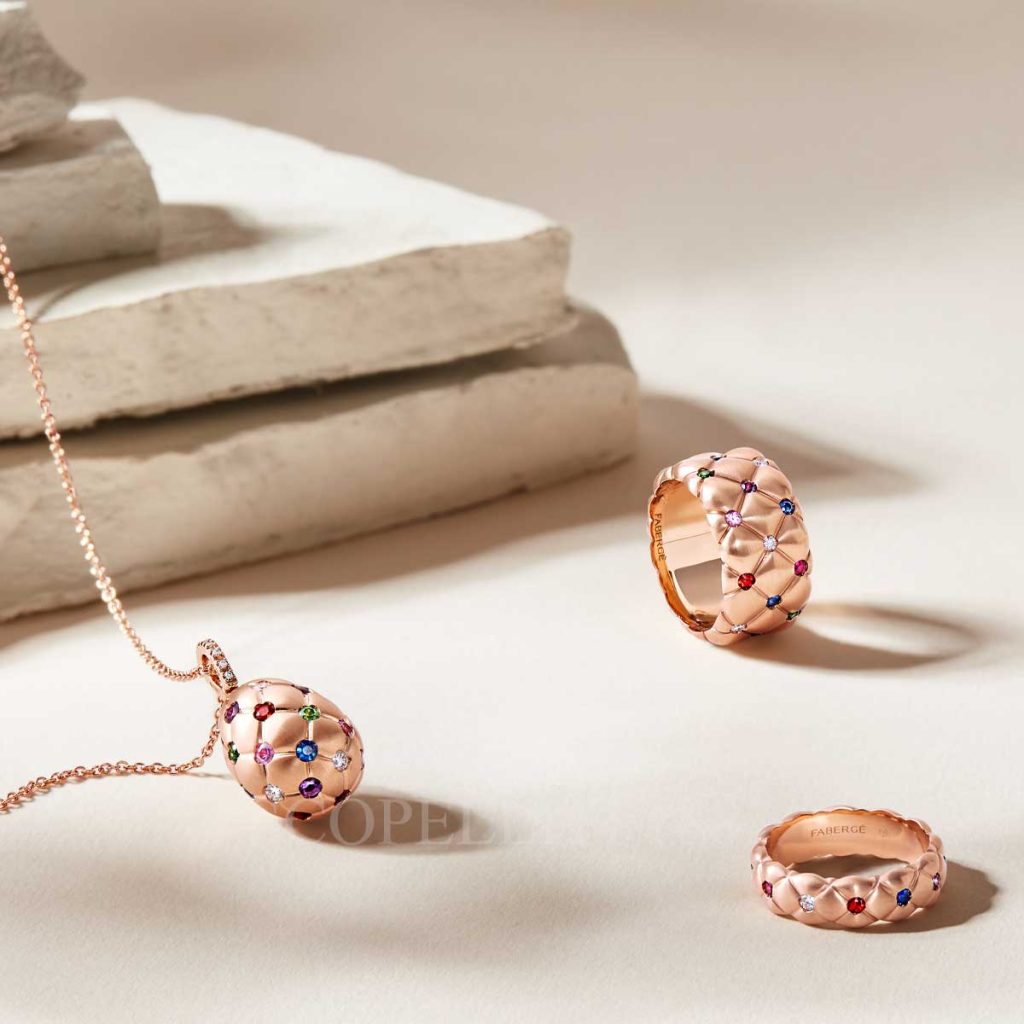
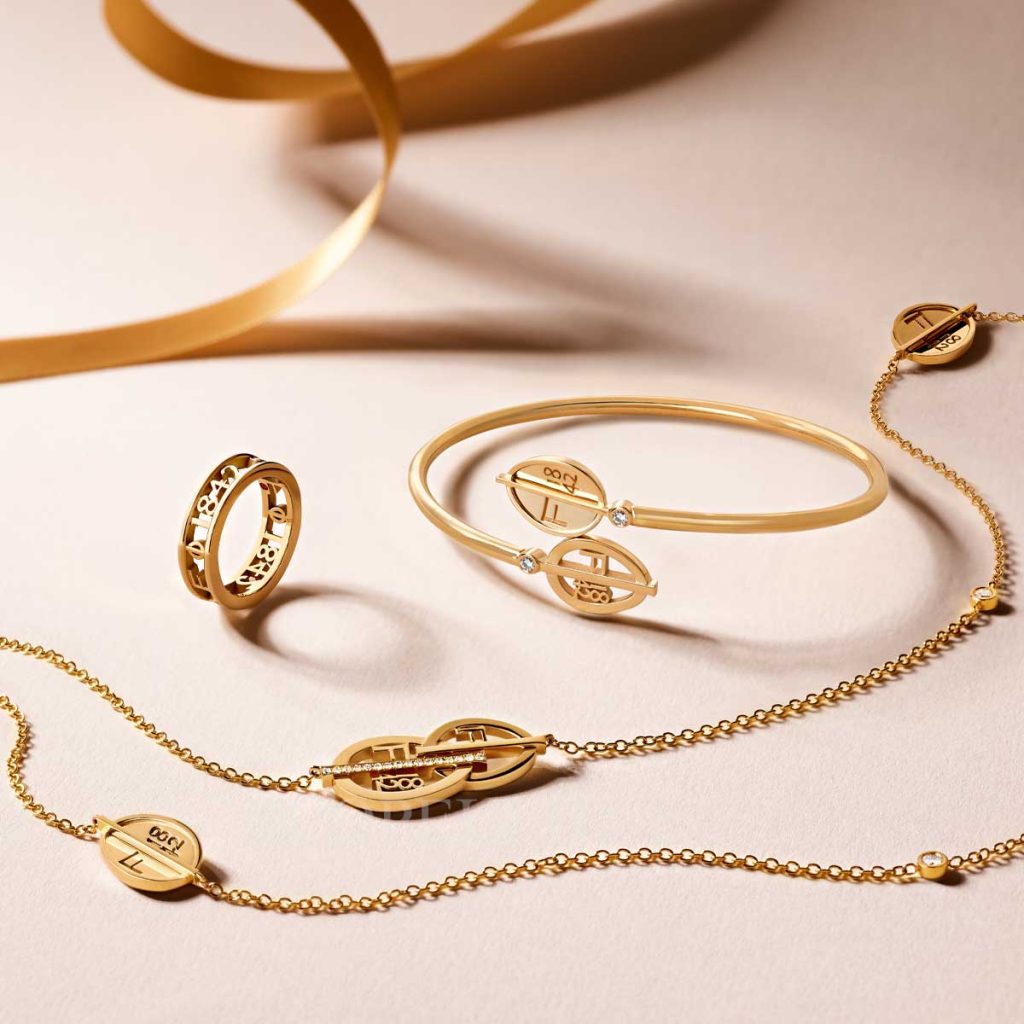
Peter Garl Fabergé was not just a jeweler, he was a true artist, in love with his work. he always put the high craftsmanship, the aesthetic beauty and the exclusivity of every little thing in the first place.
Fabergé & the Beginning of History
The history of the majestic and prestigious Fabergé brand began in 1842, when Gustav Fabergé opened his first jewellery workshop in Saint Petersburg.
However, the brand became truly popular thanks to by Gustav’s son Peter Carl Fabergé, who has been running the company since 1872.
So, Peter Carl Fabergé, French by origin, was born in St. Petersburg in 1846.
The future famous jeweller travelled extensively in Europe, where he studied the delicate process of making jewellery .
Moreover, upon his return to Russia, Peter Carl took over his father’s company at the age of 24.
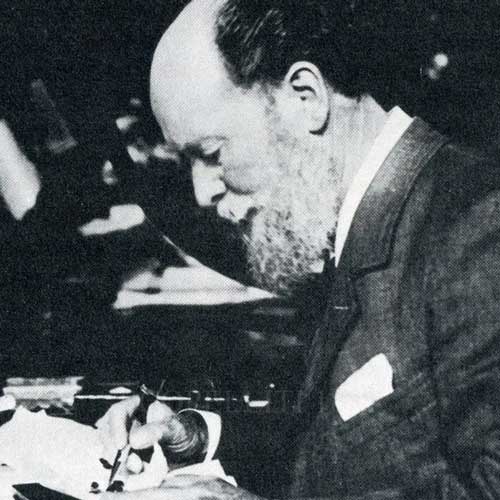
Peter Carl & the Work Precision
Under his leadership, he gathered a whole staff of employees whose abilities were not in doubt.
Peter Carl Fabergé checked his work and that of his masters using a hammer.
If Fabergé wasn’t satisfied with the smallest detail of the completed thing, he broke it without regret.
The masterpieces of the brand have always been famous for their high quality and unique design.
No wonder the admirers of his masterpieces were not only members of the Russian imperial family, but also the monarchs of Great Britain, the Rothschilds and other richest people in the world.
Fabergé & the Tradition of Easter Eggs
During the Exhibition which was held in Moscow in 1882, Peter Carl Fabergé presented some jewels produced by his company.
Tsar Alexander III was so deeply impressed by Fabergé’s products that he decided to order a special Easter gift with a surprise inside for his wife, Empress Maria Feodorovna.
After a while, Fabergé personally commissioned the luxurious Easter holiday gift and it was a Hen egg.
Inside it, there was a golden yolk, and inside the yolk was a hen with ruby eyes.
The work of the master made an incredible impression at the Imperial Court.
The Tsar began to regularly order Easter eggs with unique surprises from Fabergé.
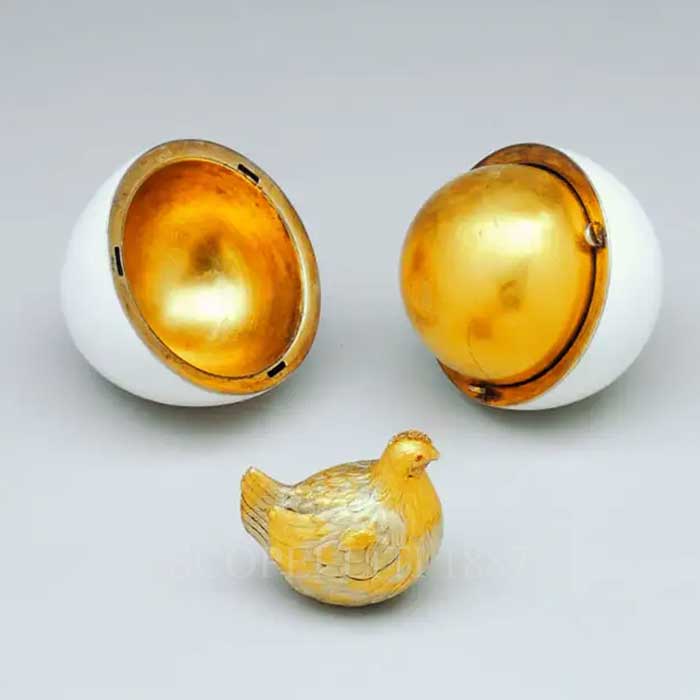
Faberge Gift for Royals?
Each of these eggs was destined as a gift not only to the royal family but also to the crowned heads of different countries.
Lately the tradition has been revived by Nicholas II, who every year gave Fabergé eggs to his wife and mother.
Fabergé Imperial Eggs
The Fabergé Imperial Easter Eggs are breathtaking and spectacular works of art that in their uniqueness and spirit have something in common with the masterpieces of the Renaissance artisans that were created for the richest and noblest people.
Fabergé was free in his artistic imagination. He had just to make sure that his creation would surprise the royal member with his unexpected design and at the same time that he or she would like it.
The artistic embodiment of the idea, its novelty and harmony was the absolute priority for Fabergé in creating these pieces.
With the help of a whole group of artists and craftsmen, he created more than fifty works of art that amaze with their fabulous beauty, extravagance and perfection.
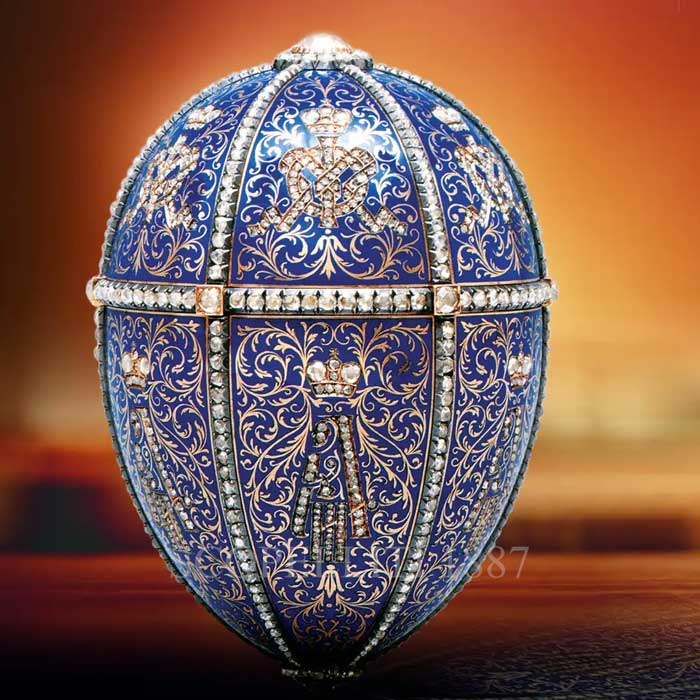
Fabergé Guilloche Enamelling Technique
Peter Carl Fabergé was fully inspired by 18th century France and in particular by the guilloché method of enamelling.
He was able to reproduce this technique which consisted in placing the thin transparent layer of enamel on an engraved surface.
This work took a long time, associated with the solution of complex technological problems.
Mixtures of glass and oxidized metals had to be heated to such an extent that they began to glow.
Furthermore, the enamel was usually applied in multiple levels.
Sometimes gold foil was placed between the layers.
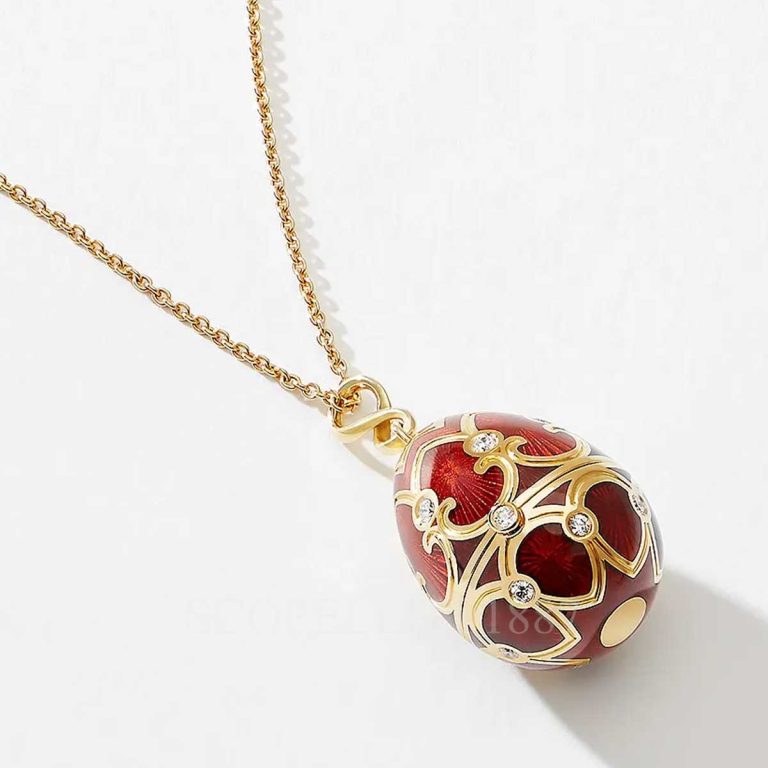
The special iridescent effect of some Fabergé products was achieved by first applying a layer of translucent enamel with an orange shade and then applying multiple layers of transparent enamel.
Various decorations with metal carvings enhanced the visual effect.
Fabergé Inspiration
Peter Carl Fabergé’s inspiration had many sources from various eras and styles starting with the Gothic, the Renaissance, the Louis XIV era and the Empire style.
The influence of the Old Russian style is particularly evident in silverware produced by the brand.
At the turn of the century, Fabergé let himself be carried away a little by the Art Nouveau style.
Fabergé was very universal in his work as he possessed a vast knowledge and the tastes of his clients were very different from each other.
Both as a person and as a businessman, he has closely followed the changes in the mood and fashion of the public, and this has been reflected in his works of him.
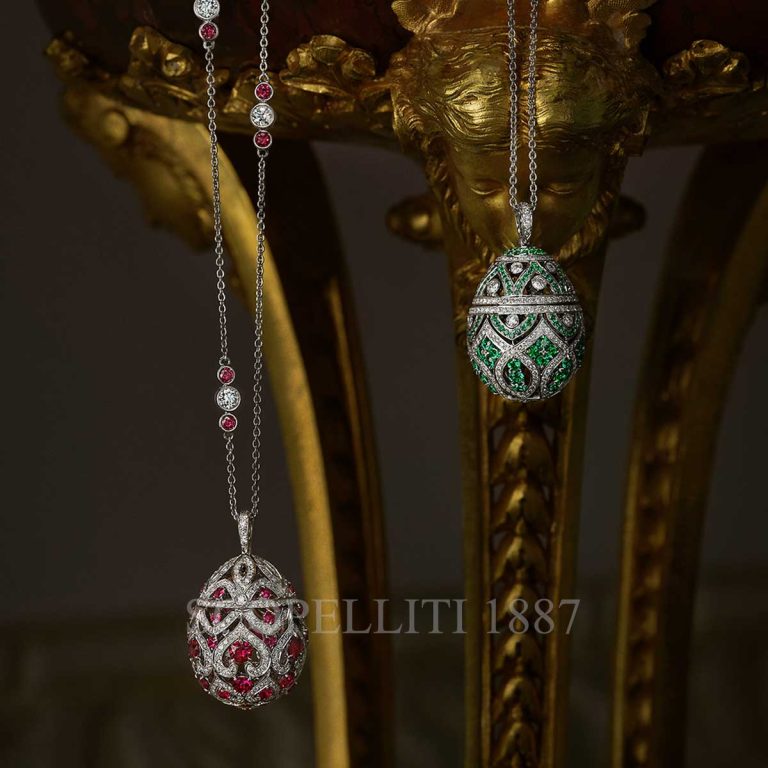
Fabergé Extraordinary Solutions
Fabergé has constantly pushed the boundaries of jewel art and created non-standard pieces for all tastes.
Peter Carl Fabergé wanted experiments and often worked with materials considered non-jewels such as wood, bone, semi-precious stones, boldly combining them with gold and diamonds.
His work was so filigree that this fact surprised the most demanding customers.
Having instilled a taste for fine jewelry in thousands, Peter Carl Fabergé taught them to distinguish true works of art against the backdrop of faceless consumer goods.
The products of the Russian jeweler amazed contemporaries with extraordinary solutions.

Fabergé Incomparable Works of Art
Fabergé style bears the stamp of grace and genuine strict elegance, testifying to the highest craftsmanship.
Each of the brand’s creations is comparable to real works of art.
They fascinate and attract the eye, multifaceted and enchanting, .
Fabergé offers a wide selection of bracelets, cufflinks and branded pendants made in the shape of a symbolic egg, inside which hide bears, chickens, apples, rabbits, lions and much more.
The gold, decorated with enamel and all kinds of precious and semi-precious stones adorn these masterpieces.
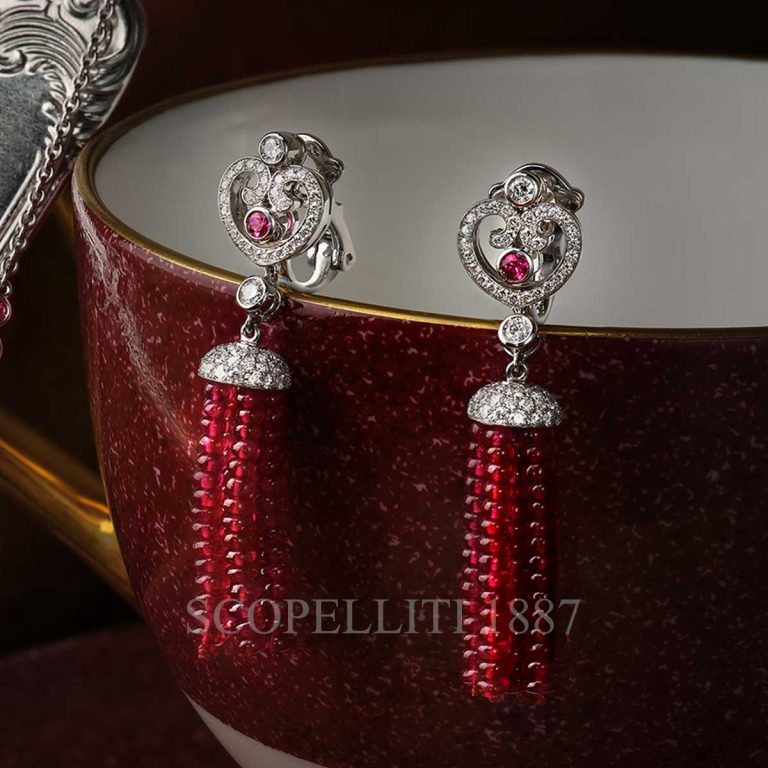
Any question about Fabergé?
If you have any special requests or require further information about Fabergé, Scopelliti 1887 staff will be pleased to assist and advise you.
Call us or send WhatsApp on +39 391 345 6441 or send an email at [email protected] and let us know what we can help you with.

